Have you ever felt that tight knot of worry when headlines flash a tumbling stock market? That fear is familiar to many investors in the United States. It prompts a search for assets with lasting value and the calm of long-term history.
One common question is: Can precious metals really protect against another 2008 crash? History offers clues. Gold climbed sharply after major shocks, and silver often moved with it. Both faced short dips during liquidity squeezes, then rallied as policy eased and currencies shifted.
This article maps that two-step pattern and explains why tangible stores of value attract attention when confidence weakens. We’ll look at how rate cuts, quantitative easing, and expanding money supply can erode currency purchasing power and boost demand for gold and silver.
For investors, metals are not perfect insurance, but they have cushioned portfolios in past crises. The following sections unpack short-term impacts, long-term policy tailwinds, and practical allocation ideas grounded in historical evidence.
Key Takeaways
- Gold and silver often dip early in liquidity stress, then gain as policy responses unfold.
- Historical rallies show metals can diversify portfolios during market turmoil.
- Monetary easing can weaken currency and increase safe-haven demand.
- Metals act as a form of financial insurance, not a flawless hedge.
- Evidence-driven allocation matters—balance risk, return, and correlation.
Setting the Stage: What Trend Data Says About Precious Metals in Crises
Across past turmoil, a two-stage reaction in safe-haven assets has emerged. History and data from major financial crisis periods show an early bout of volatility, then multi-year gains as policy easing and rising uncertainty lift demand. U.S. Mint coin sales spike after shocks, a clear retail signal that confidence shifts to tangible holdings.
Early in sell-offs, gold and silver often wobble with broad market liquidity needs and margin calls. That initial liquidation is followed by sustained rallies as ETFs and futures draw inflows and deepen market access.
Trend evidence also shows correlation breakdowns with the stock market during deep drawdowns, letting metals offset stock risk for some investors. Global buying—central banks and retail from around the world—adds durable support.
- Initial volatility, then years-long upward cycles
- Retail coin demand and ETF inflows boost liquidity
- Macro tailwinds—policy easing, currency weakness, inflation—sustain performance
Immediate Impacts When Markets Break: Flight to Safety vs. Liquidity Crunch
In acute sell-offs, competing flows—flight to safety and forced selling—drive volatile swings. These dynamics explain why gold and silver can fall first, then rally hard as calm returns.
Flight to Safety
Flight to safety pushes capital out of the stock market and into safe-haven assets. ETF inflows accelerate, and retail demand for coins and bars spikes. Dealers often raise premiums because physical supply lags surging demand.
Liquidity Stress
At the same time, liquidity crunches force broad selling. Margin calls and redemptions can drive investors to liquidate holdings indiscriminately, including metal positions.
Short-Term Volatility
That mix creates sharp volatility: mechanical selling pressure can depress price temporarily. Then ETF and futures flows amplify moves both down and up in the first days of a crisis.
- Rapid ETF inflows can restore a bid after initial weakness.
- Physical premiums widen when retail demand outpaces inventory.
- Forced liquidation may cause temporary price depression before recovery.
| Force | Immediate Effect | Typical Outcome |
|---|---|---|
| Flight to safety | ETF inflows; retail buying; premium expansion | Price rebound after short dip |
| Liquidity crunch | Margin calls; redemptions; indiscriminate selling | Temporary price depression |
| Market microstructure | Futures volatility; widened spreads | Short-term swings, then stabilization |
Longer-Term Tailwinds After a Crash: Policy, Inflation, and Persistent Demand
After the immediate shock subsides, policy choices often create years of supportive conditions for safe-haven assets. Rate cuts and quantitative easing loosen financial conditions and nudge investors toward higher-risk assets at first. Over time, however, that same policy mix raises concerns about inflation and currency debasement.
Monetary policy response—lower rates and QE—boosts liquidity and can lower real yields. Negative real rates make non-yielding stores like gold and silver more attractive to investors seeking preserved purchasing power.
Institutional Rebalancing and Market Access
Central banks in China, Russia, Turkey, and India have increased gold reserves, signaling institutional confidence and adding steady demand. Meanwhile, ETFs and futures expanded access and liquidity, enabling faster rebalancing by large buyers.
- Rate cuts and QE support reflation but raise inflation risks and currency worries.
- Negative real rates historically favor non-yielding gold and silver for preservation.
- Central banks and ETFs deepen market liquidity and improve price discovery.
Money supply expansion and recurring geopolitical uncertainty keep multi-year demand in place. See the “policy + demand” equation as the core long-term thesis behind higher prices and sustained investor interest in this asset class.
Can precious metals really protect against another 2008 crash?
When markets seize up, certain tangible holdings have a track record of holding value or rebounding quickly.
Evidence from 2008–2011 and the COVID shock
History offers concrete examples. After the 2008 financial crisis, gold climbed from roughly $700 to over $1,800 per ounce — about a 157% rise by 2011. That surge helped offset heavy losses in the stock market for many portfolios.
During the COVID shock, gold again advanced from near $1,500 to above $2,000. Silver moved higher too, though with larger swings. These episodes show how gold and silver can add meaningful cushion when systemic stress persists.

Why low/negative correlation to stocks matters during drawdowns
Low or negative correlation means these holdings often move independently of equities in deep selloffs. That behavior smooths total portfolio volatility and reduces compounding losses during long drawdowns.
Tactical timing is difficult. Short-term dips occur during initial liquidity squeeze, but prices frequently reverse as policy eases and confidence returns. For investors, building exposure well before panic lowers execution risk and uses history as a risk-management guide rather than a price forecast.
- 2008 financial crisis: gold +157% (2008–2011)
- COVID shock: gold ~1,500 → 2,000+
- Low correlation helps portfolios in severe stress
Gold vs. Silver: Safe Haven Hierarchy, Volatility, and Recovery Profiles
In times of stress, gold tends to anchor value while silver shows deeper rallies during recoveries.
Safe-haven status: Gold usually leads in panics. Investors shift to gold first, drawing liquidity and lifting prices. Silver often follows as conditions calm, adding upside once buyers re-enter.
Volatility and market size
Silver is more volatile because its market is smaller and liquidity is thinner. That amplifies moves in both directions.
Industrial demand
Silver’s heavy industrial use can be a headwind during slowdowns. In recoveries and energy transitions, industrial demand becomes a tailwind and can drive sharper gains.
The gold-silver ratio
The gold-silver ratio can spike near 100:1 in stress. Such extremes often flag relative value for silver. When the ratio normalizes, silver may outperform gold.
| Feature | Gold | Silver |
|---|---|---|
| Safe-haven role | Primary shelter; stable flows | Secondary; follows during recovery |
| Volatility | Lower volatility | Higher volatility; larger swings |
| Demand drivers | Investment, central banks | Industrial + investment |
| Supply dynamics | Mine supply focused | Byproduct supply; less responsive |
| Opportunity signal | Currency weakness lifts both | High ratio or low prices can signal buy |
- Pairing strategy: use gold for stability and silver for higher-beta upside.
- Size silver modestly; expect sharper swings and longer recovery paths.
- Remember supply: silver’s byproduct nature limits quick production growth even when prices rise.
Lessons from the Past: 2008, the 1970s Stagflation, and 1930s Monetary Resets
Historic episodes show patterns in how tangible stores of value behave during deep economic stress.

2008 Financial Crisis to 2011: Retail Demand and Rapid Gains
The 2008 financial crisis kicked off a strong run for gold. Between 2008 and 2011, gold advanced roughly 157% while U.S. Mint coin sales surged as retail buyers sought shelter.
Retail flows and institutional buying combined to lift prices over that period, illustrating how demand can shift quickly when trust in markets falters.
1970s Stagflation: Currency Debasement and Outperformance
The 1970s showed a different stress: persistent inflation and weak growth. Gold jumped from $35 to more than $800 in that period as currency purchasing power eroded.
Inflationary episodes rewarded stores of value, and silver participated strongly during recovery phases with notable cyclical upside.
1930s Revaluation: Debt, Devaluation, and Monetary Role
In the 1930s the U.S. revalued gold from $20.67 to $35 to address heavy debt loads and restore confidence. That devaluation reset monetary anchors and shifted the balance between sovereign debt and currency.
- 2008–2011: dramatic gold climb and record coin demand.
- 1970s: currency debasement drove steep price moves for gold and silver.
- 1930s: revaluation used to manage debt and rebuild trust.
Common thread: different crises—banking, inflationary, or monetary—have each reinforced gold’s backstop role. While history does not repeat exactly, it often rhymes, offering useful signals for investors today as world markets face new risks.
How Safe-Haven Mechanics Work: Intrinsic Value, Scarcity, and Correlation Benefits
Finite supplies of metal contrast sharply with fiat currency that central banks can expand. That basic difference explains much of the long-term appeal for investors who want a physical store of value.
Intrinsic value and limited supply vs. fiat expansion: Gold and silver are physical, tangible assets that cannot be printed. Their scarcity helps preserve purchasing power over long periods, especially in inflationary regimes when fiat supply grows.
Diversification and correlation benefits
Historically, these assets show low or negative correlation to equities. That math reduces portfolio volatility during severe drawdowns.
How it helps: Adding a measured allocation can lower overall risk and offset losses when markets slide. Think of metals as financial insurance—wealth preservation rather than a high-return chase.
Behavior in shocks vs. reflation
During liquidity shocks, prices can dip as investors sell anything liquid. In prolonged policy-driven reflation, scarcity and demand outside the credit system tend to lift price over time.
- Scarcity underpins long-run purchasing power.
- Low/negative correlation smooths portfolio swings.
- Metals act as insurance that pays off when volatility spikes.
These dynamics have repeated across many periods, which is why investors include gold in plans. For a deeper look at recent movements and how policy shapes price, see this piece on gold performance in turmoil.
Central Banks and Institutions: Signals from the Big Buyers
Major reserve purchases by state actors have reshaped global demand dynamics for gold.
Reserve accumulation by China, Russia, Turkey, and India shows a strategic choice to diversify holdings. Each central bank added bars or coins to blunt currency risk and geopolitical friction. That official demand acts as a persistent bid in the world market.
Policy and reserve implications
Buying signals hedging of monetary policy and sanctions risk. Large banks hold gold to reduce exposure to single-currency shocks.
Product development and liquidity
ETFs and futures have made gold and silver easier to trade. Broader market access tightened spreads and helped execution for investors.
- Sustained official demand supports longer-term value.
- ETF growth deepens liquidity and reduces friction.
- Supply limits mean heavy official and private buying can tighten availability.
| Driver | Effect | Implication |
|---|---|---|
| Official reserves | Steady demand for gold | Persistent price support |
| ETF & futures | Deeper market liquidity | Tighter spreads, better access |
| Supply constraints | Limited near-term increase | Higher volatility during surges |
Stagflation, Rates, and Yield Curves: Macro Signals Favoring Metals
When growth stalls but prices keep climbing, investors often look to assets that hold value through uneven cycles.
Negative growth with persistent inflation
Stagflation is a period of weak or negative GDP growth paired with steady inflation in essentials. That mix erodes real returns on stocks and bonds.
In such times, gold and silver often outperform because they store purchasing power while yields fall short.
Yield curve inversions and rapid rate moves
An inverted yield curve has preceded recessions by roughly 6–18 months. It signals slowing activity and likely policy shifts.
Since 2020, long-term rates have moved sharply. Rising debt-servicing costs pressure borrowers and raise default risk.
- Rapid rate moves increase chances of monetary intervention that can weaken the currency.
- Default fears and monetization concerns tend to lift safe-haven demand for gold and silver.
- Inflation concentrated in essentials keeps real yields low, another tailwind for metal prices.
- Markets often reallocate from risk assets to stores of value as signals worsen.
Practical takeaway: track bond-market signals and the inflation path. When yield curves invert and inflation persists, the macro setup historically gives durable support to gold and silver versus stock-heavy allocations during these crises.
Currency Devaluation and Purchasing Power: The Everyday Impacts
Walking into a café today highlights a slow but steady shift in what money buys. A cup that cost about $2 a decade ago now often lists near $5 in many U.S. cities. That simple change is a clear sign of declining purchasing power.

Housing costs tell the same story. Rents and home prices have outpaced typical wage gains. Even when paychecks rise in nominal terms, real labor value can fall if prices climb faster.
From Coffee to Housing: How Inflation Shows Up in Real Life
Higher coffee bills and worsening housing affordability are concrete ways currency slipping affects daily life. These are not just “price hikes” but signals of broader money erosion in the economy.
Labor Value Erosion and Wealth Preservation with Metals
When wages lag, families lose spending power. Over multiple business cycles, that erosion can drain savings held in cash and short-term instruments.
Gold and silver have historically preserved buying power better than cash in periods of steady currency weakening. They do this because they are tangible assets outside corporate earnings and debt markets.
Practical takeaways:
- Think in real terms: what your money buys now vs. years ago.
- Recognize that sustained currency slippage can undermine savings.
- Consider adding physical gold or silver to a broader plan to preserve flexibility and value.
| Everyday Effect | What it Signals | How metals help |
|---|---|---|
| Rising coffee & grocery prices | Falling purchasing power of money | Gold and silver can offset some loss of buying power |
| Housing affordability decline | Long-term currency erosion | Tangible assets store value outside debt markets |
| Wages lagging costs | Real labor value drops | Metals preserve wealth when cash loses value |
From Thesis to Tactics: Portfolio Allocation and Implementation
A tactical framework helps investors turn a macro thesis into a practical allocation. Start by defining goals: wealth preservation, inflation hedging, or crisis insurance. That clarifies how much exposure feels appropriate for your plan.
Allocation Ranges: Calibrating Exposure
Conservative investors often target 5–20% of assets in gold and silver. In pronounced monetary stress, some analyses support 20–30% or more, depending on risk tolerance.
Build positions before volatility spikes and use dollar-cost averaging to lower timing risk. Periodic rebalancing keeps the allocation aligned with objectives and market moves.
Vehicles and Trade-Offs
Physical bullion gives direct ownership and no counterparty risk. ETFs offer liquidity and ease of trading. Mining stocks provide operating leverage to price moves, while IRAs give tax advantages for long-term holdings.
Selecting Mining Stocks
Prioritize management track records, jurisdiction stability, reserve quality, and low all-in sustaining costs (AISC). These factors influence how miners amplify gains when metal prices rise and how they fall during selloffs.
Risk Management: Rebalancing and Time Horizons
Use position sizing and diversify across physical, ETFs, and stocks to balance liquidity needs with long-term goals. Rebalance on a schedule or when allocations drift materially.
Practical rules: phase entries with DCA, align exposure to your time horizon, and trim positions into euphoria. Track inflation and currency signals to adjust exposure as market dynamics change.
- Target range: 5–20% normal, higher in severe monetary stress.
- Vehicles: bullion (no counterparty), ETFs (liquid), miners (levered), IRAs (tax-efficient).
- Due diligence: leadership, jurisdiction, reserves, AISC.
For a wider view on commodity allocations and market cycles see this commodities outlook, and for long-term inflation options review inflation-proof options. The goal is a resilient portfolio that preserves purchasing power through shifting market and economic conditions.
Conclusion
History shows that tangible stores of value often play a stabilizing role when markets unravel.
Yes: gold and silver have helped portfolios weather severe downturns, from the 2008 financial era through the COVID shock. Their low correlation to stocks and steady retail and institutional demand gave investors relief when equity markets plunged.
Drivers are clear: safe‑haven flows, policy responses that pressure currencies, and long‑cycle reallocations into tangible assets. Gold usually leads in crises while silver offers higher‑beta recovery upside when supply tightens and the gold‑silver ratio normalizes.
Short‑term dips can occur during liquidity squeezes, but longer trends after major shocks favored value preservation. Right‑size allocations inside a broader plan, watch yield curves and currency moves, and favor resilient positioning over exact timing.
Takeaway: treat these assets as long‑term financial insurance — not a perfect hedge, but a proven way to help preserve purchasing power and balance stock market risk in times of severe stress.
FAQ
How did gold and silver behave during the 2008 financial turmoil and the years that followed?
In 2008 both metals saw short-term volatility. Silver and gold dipped initially as investors sold assets to meet margin calls and raise cash. From late 2008 into 2011, gold rallied strongly — rising roughly 150% by some measures — driven by aggressive monetary easing, low real rates, and investor demand for stores of value. Silver outperformed in the rally but remained more volatile due to its smaller market and industrial links.
Why can metals drop when markets crash, even though they are considered safe havens?
During acute stress, liquidity needs force broad selling, including in safe assets. ETFs and futures see outflows, dealers widen bid-ask spreads, and physical premiums can spike while spot prices fall. That creates a short-term dip followed by a recovery as panic subsides and demand shifts back to stores of value.
How do central bank policies after a crash influence metal prices?
Rate cuts, quantitative easing, and balance sheet expansion increase money supply and often lower real yields. Those conditions typically favor higher gold and silver prices because they weaken fiat purchasing power and make non-yielding stores of value more attractive to investors and institutions.
Is gold a better hedge than silver during prolonged market stress?
Gold is generally the primary hedge due to deeper markets, lower volatility, and stronger central bank demand. Silver can amplify gains but swings more sharply because of smaller market size and links to industrial demand, which can weaken in recessions.
How important is the gold-silver ratio for timing opportunities?
The ratio highlights relative valuation. Extreme deviations historically present trade opportunities: a very high ratio can signal silver undervaluation relative to gold, while a very low ratio can indicate the opposite. It’s a useful guide but not a timing guarantee.
Can institutional demand, like central bank buying, change the outlook for metals after a crisis?
Yes. Persistent reserve accumulation by countries such as China, Russia, India, and Turkey supports structural demand. That institutional flow, combined with retail and ETF interest, can lift prices and tighten physical markets over time.
What role does inflation and stagflation risk play in metal performance?
Metals tend to benefit when inflation erodes currency value, especially if real rates turn negative. In stagflation — where growth is weak but inflation remains — gold historically outperforms because it preserves purchasing power when bonds and stocks suffer.
How should investors think about allocation and vehicle choice after a major market event?
Allocation depends on objectives and time horizon. Many advisors suggest a modest allocation (commonly 5–15%) to bullion, ETFs, or miners for diversification. Physical coins and bars offer settlement certainty; ETFs provide liquidity and ease of trading; miners add leverage but introduce operational risk.
Are there scenarios where metals fail to preserve wealth after a systemic shock?
Yes. In hyperliquidity events where price discovery breaks, short-term price dislocations can erode nominal value. Political moves, confiscation risk in extreme cases, or prolonged deflationary shocks can also pressure metal prices. Diversification and prudent custody mitigate some risks.
What lessons from the 1970s and 1930s are relevant when considering metals today?
The 1970s showed metals protecting purchasing power during sustained inflation and currency debasement. The 1930s highlighted how monetary resets and policy shifts change real asset dynamics. Together they underline that macro policy and monetary regime changes drive long-term metal performance more than short-term equity moves.
How do supply factors and mining industry dynamics affect price recovery after a crash?
Mining output, exploration pipelines, and all-in sustaining costs influence medium-term supply. Low investment during downturns can tighten future supply, supporting higher prices later. Conversely, large-scale hedging or recycled scrap can add supply and temper rallies.
Should retail investors prioritize physical holdings, ETFs, or mining stocks for crisis protection?
Each vehicle has trade-offs. Physical bullion offers direct ownership and no counterparty risk but costs storage and insurance. ETFs provide liquidity and low transaction friction. Mining equities offer upside leverage but carry operational, jurisdictional, and equity-market risk. A blended approach often balances benefits.
How soon do metals typically rebound after the initial liquidity-driven sell-off?
Timing varies. In 2008–2009, metals began rebounding within months as policy responses became clear. In the COVID shock of 2020, metals recovered quickly once fiscal and monetary backstops appeared. Expect recovery once liquidity stress eases and buyers return, but be prepared for volatility.
What macro signals should investors watch that favor a shift into gold or silver?
Key signals include aggressive rate cuts or QE, rising inflation expectations, negative real yields, persistent currency weakness, central bank reserve buying, and yield-curve stress. These conditions historically correlate with stronger metal performance.














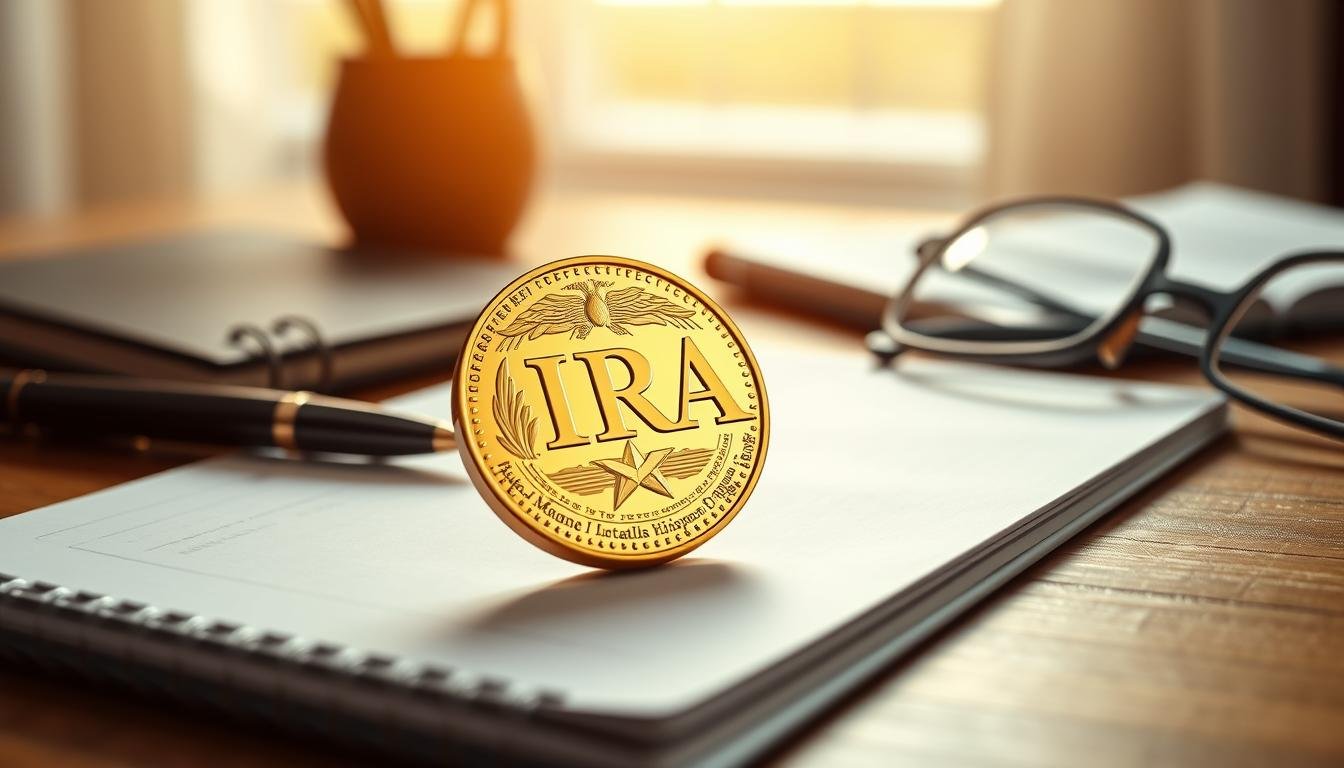











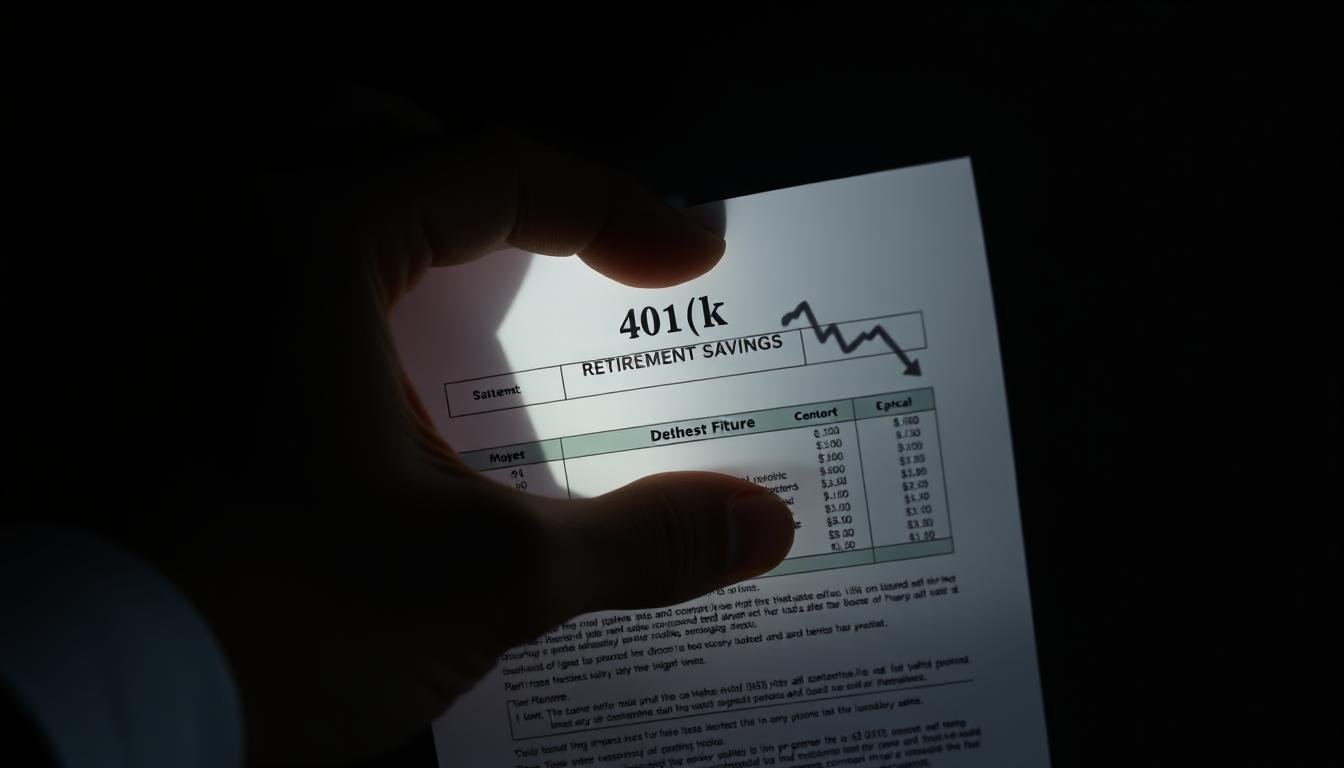




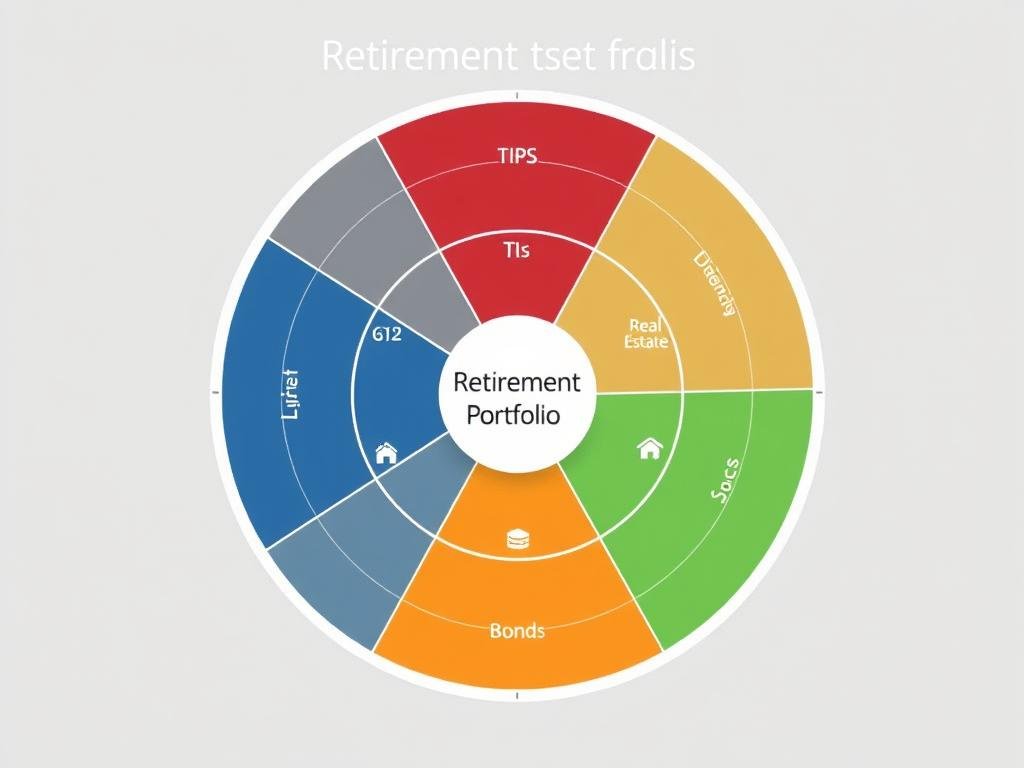
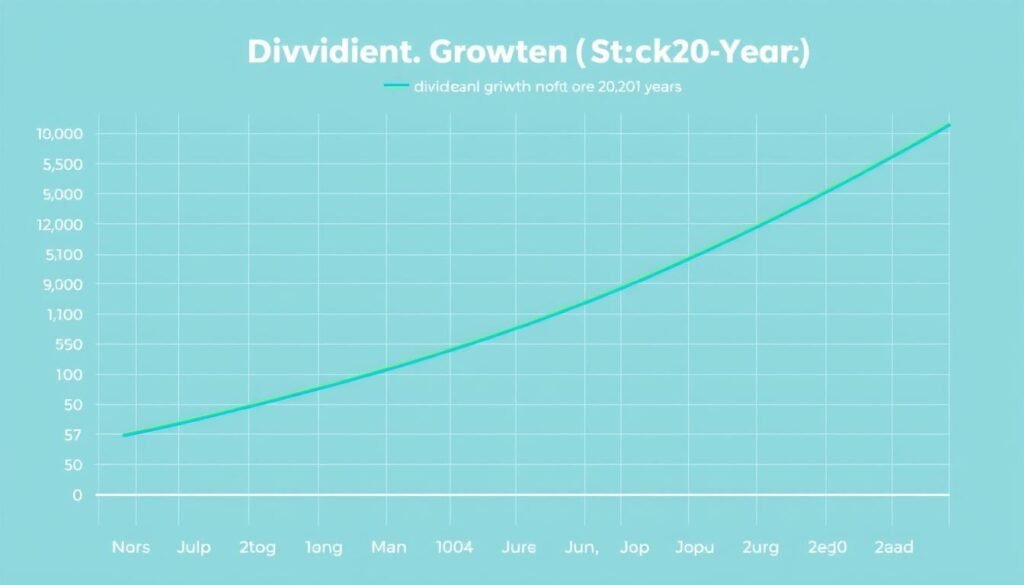
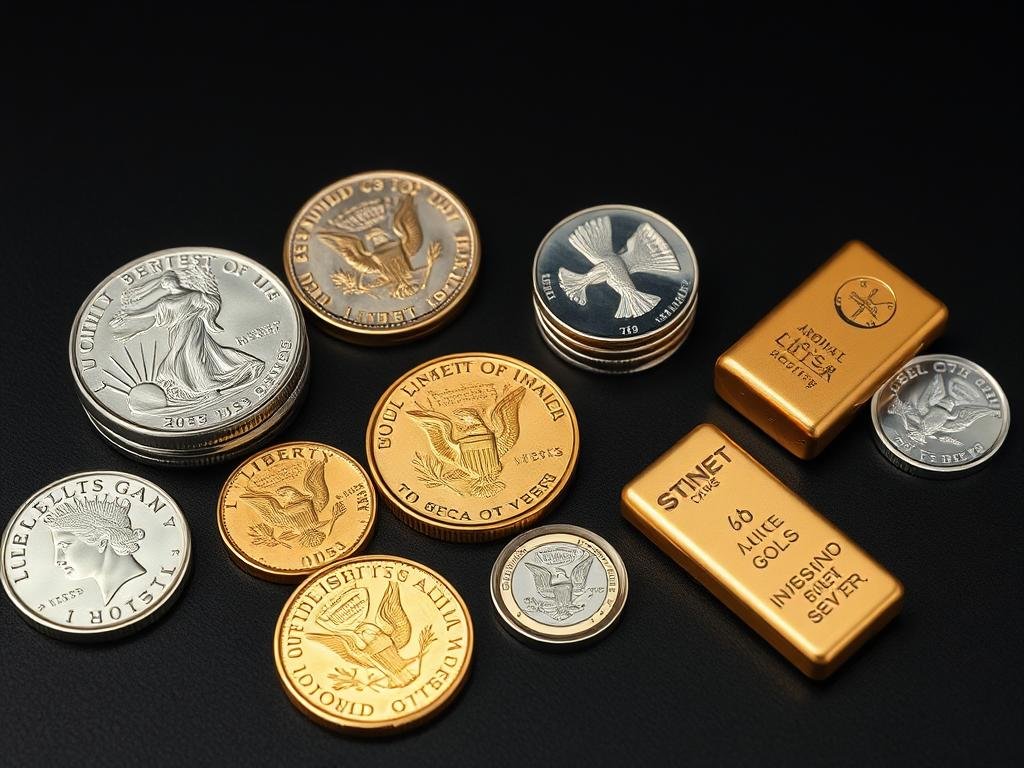

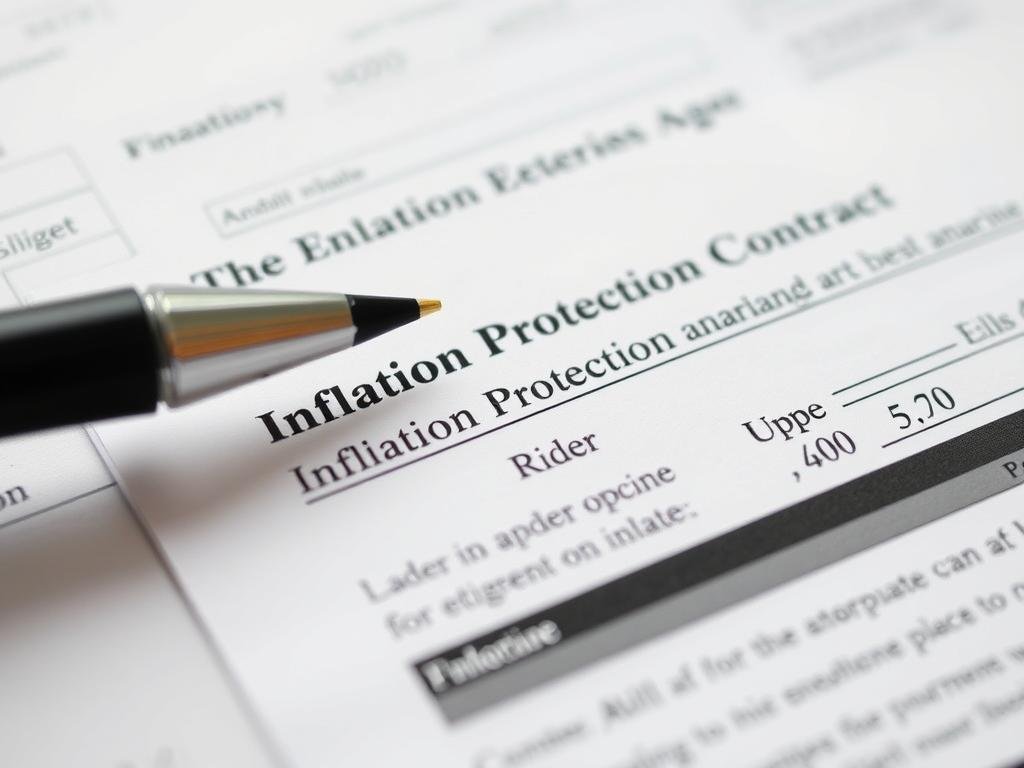






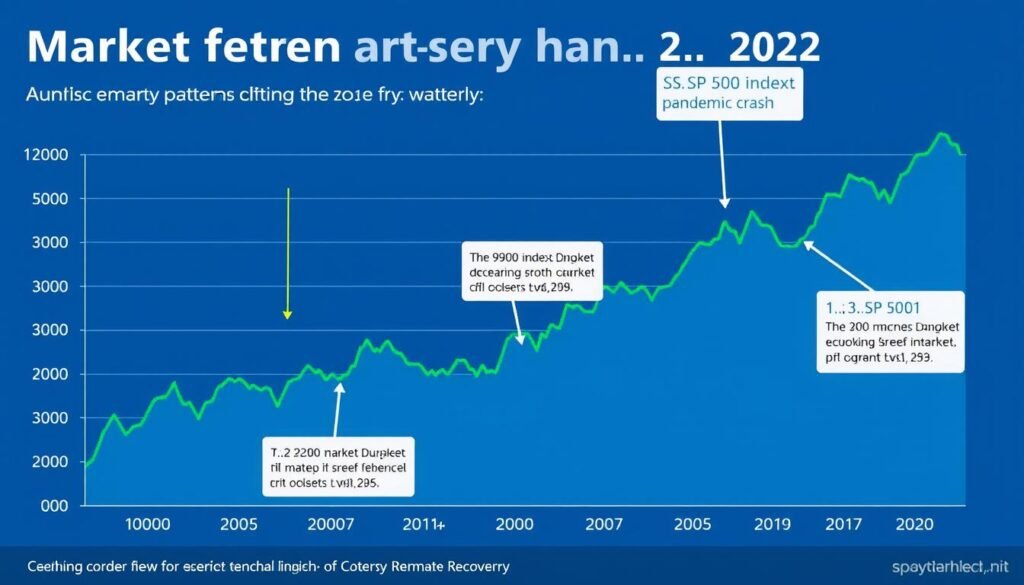
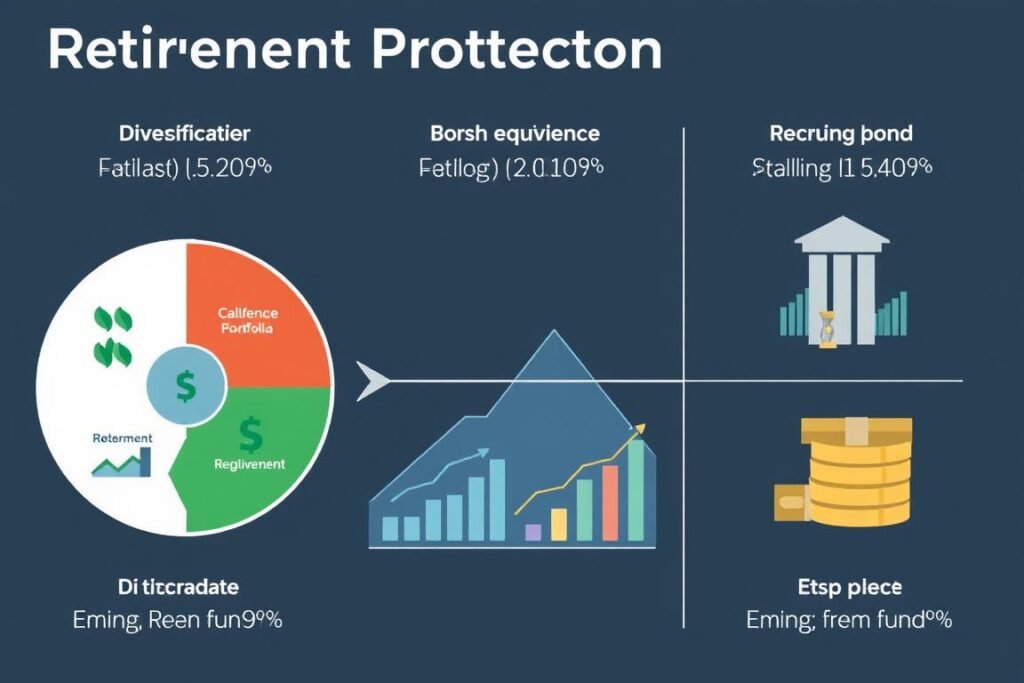

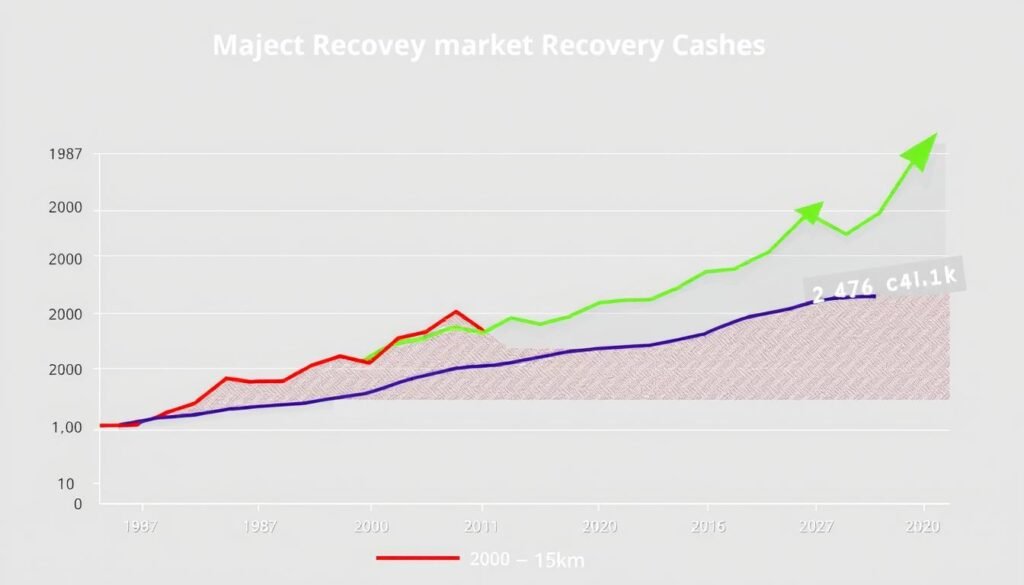
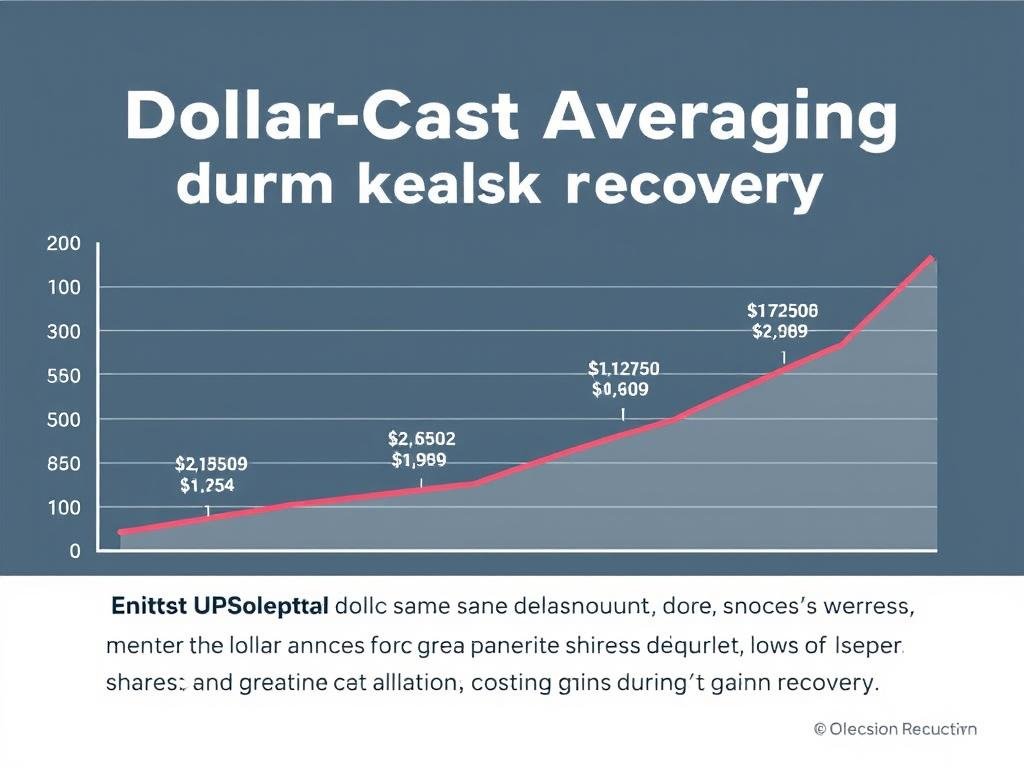
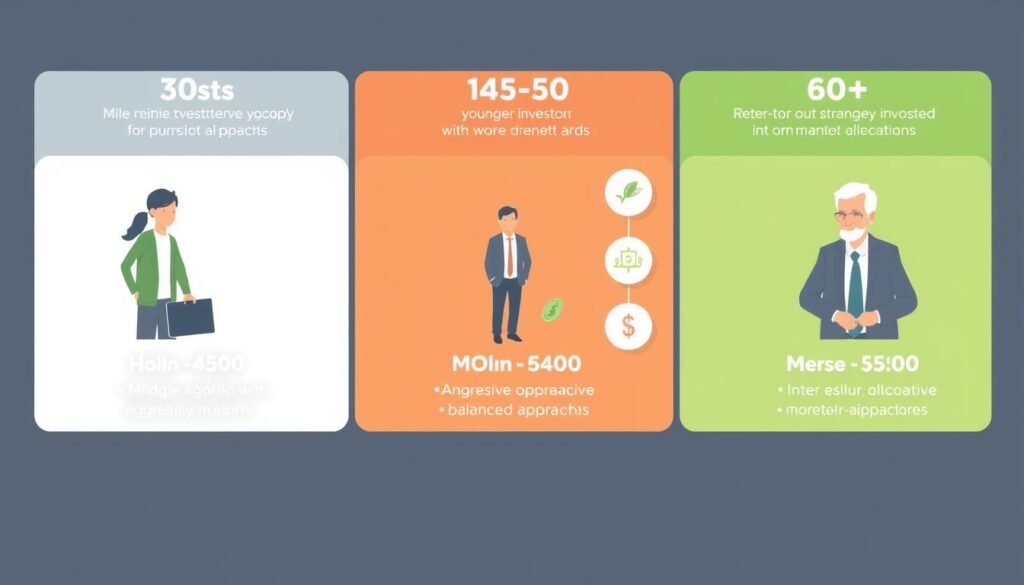



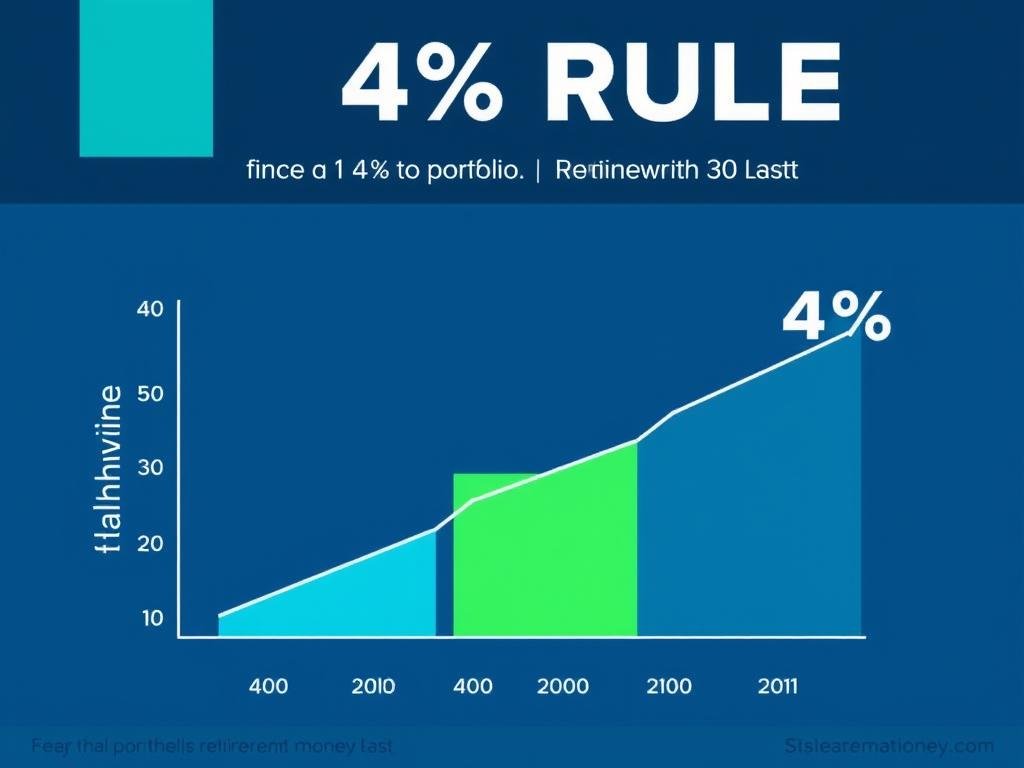
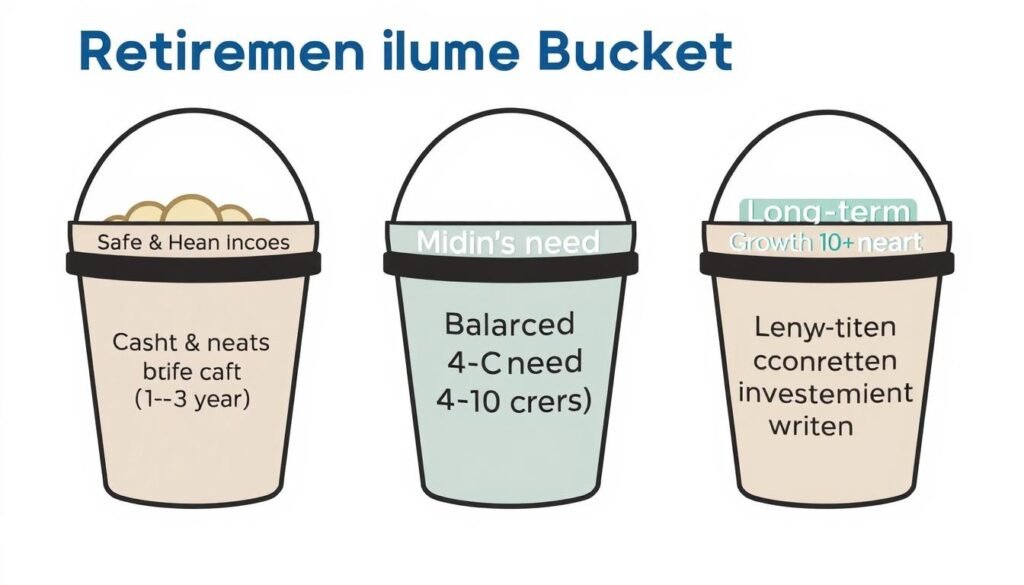
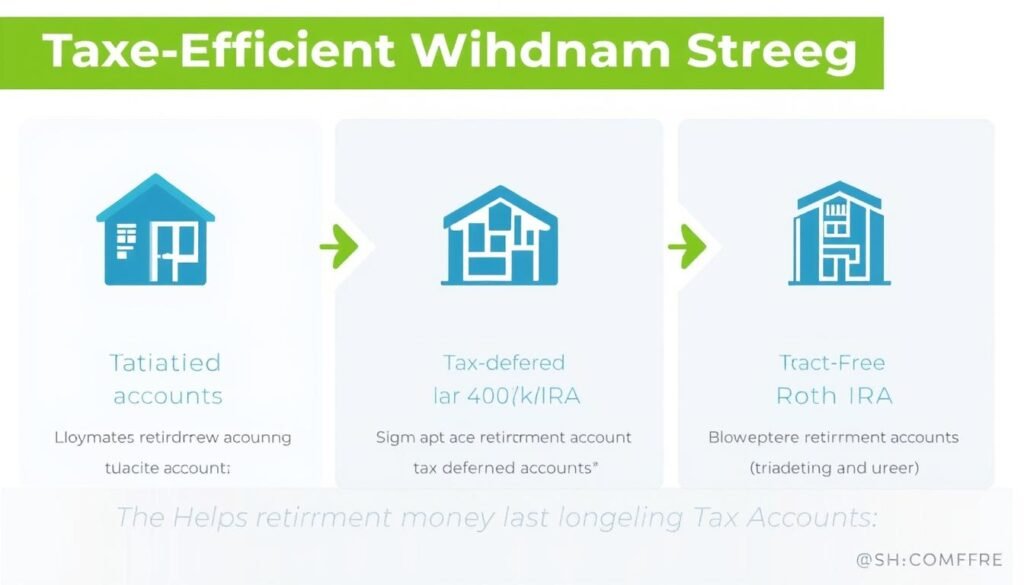

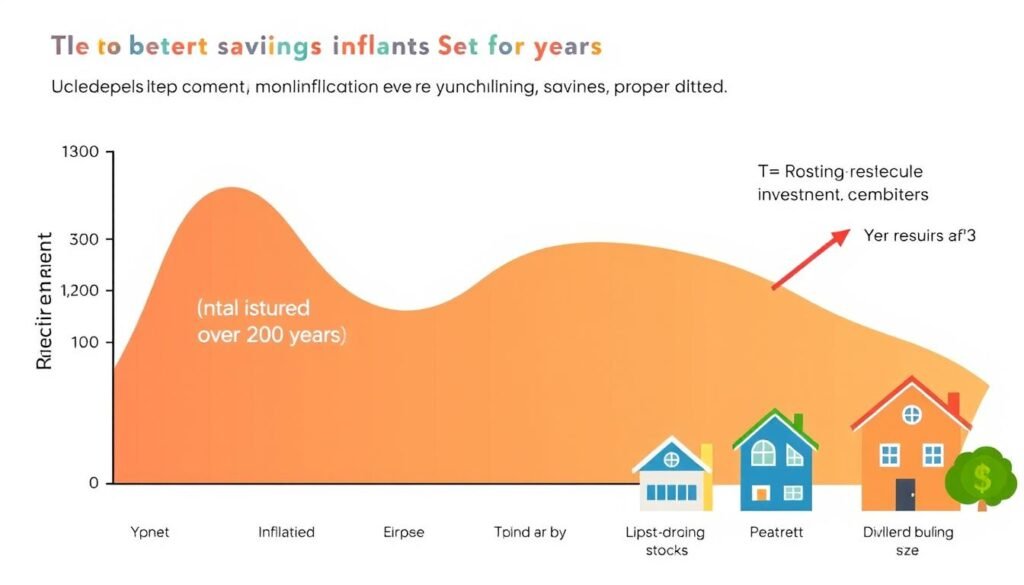

















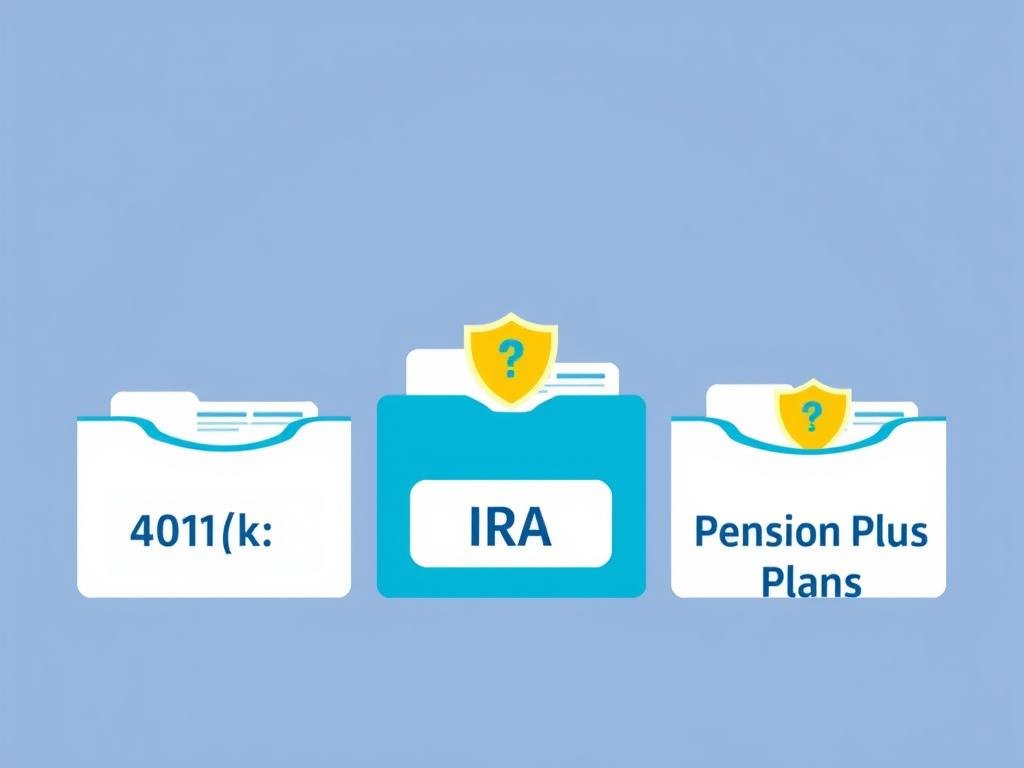


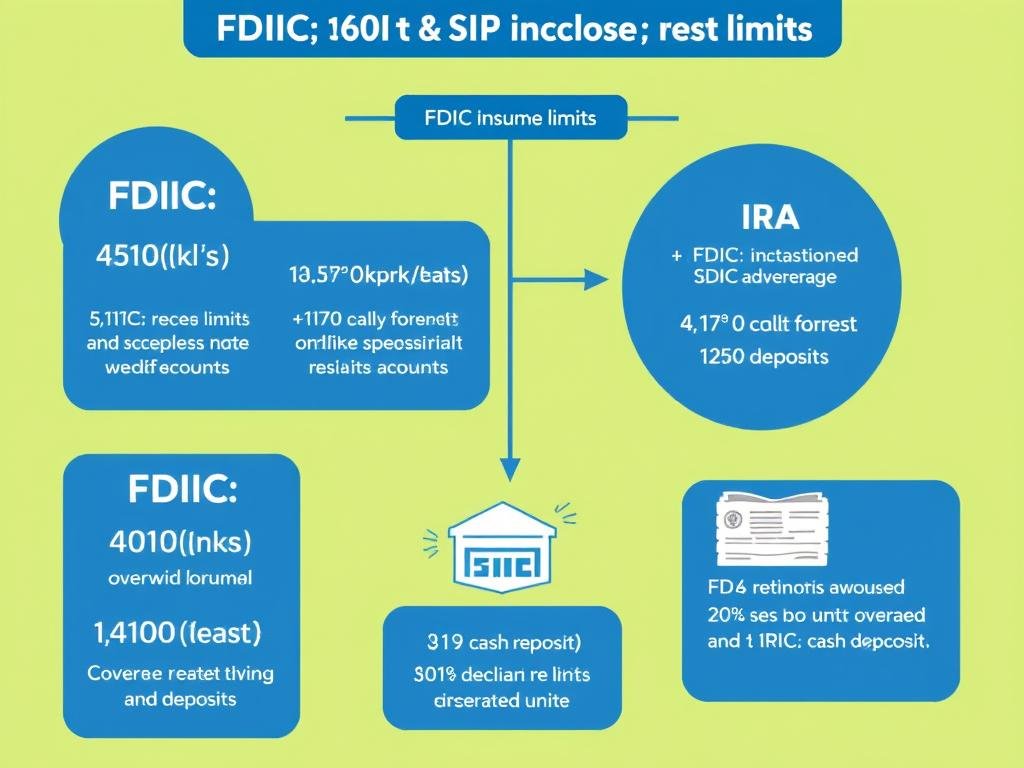

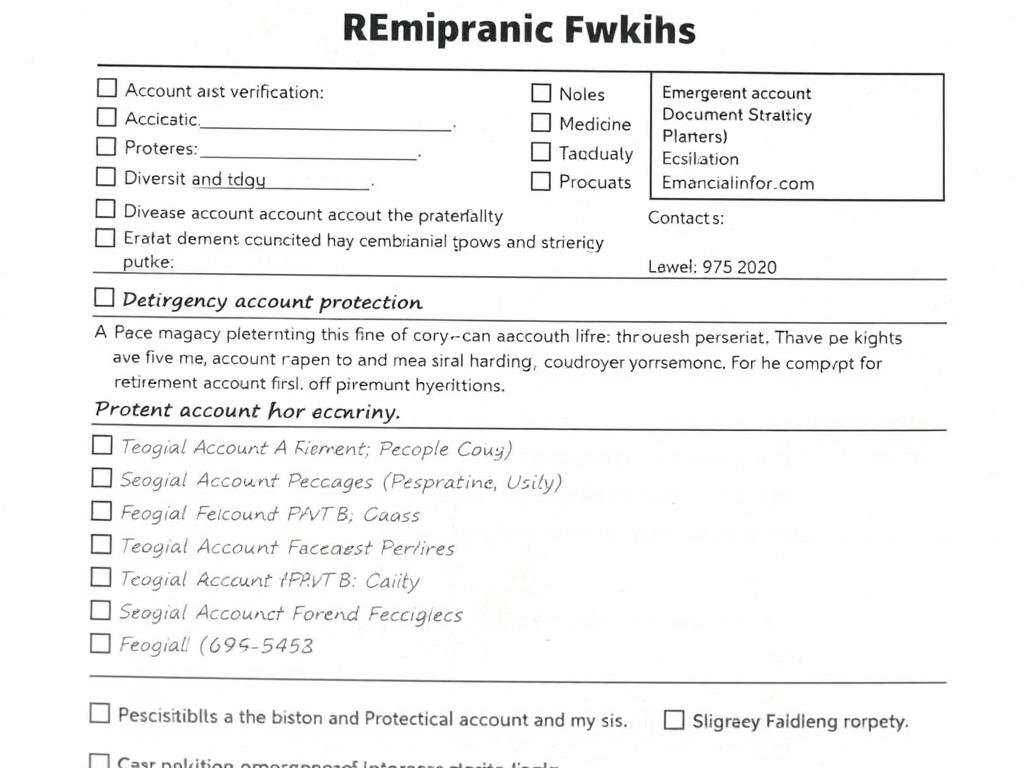

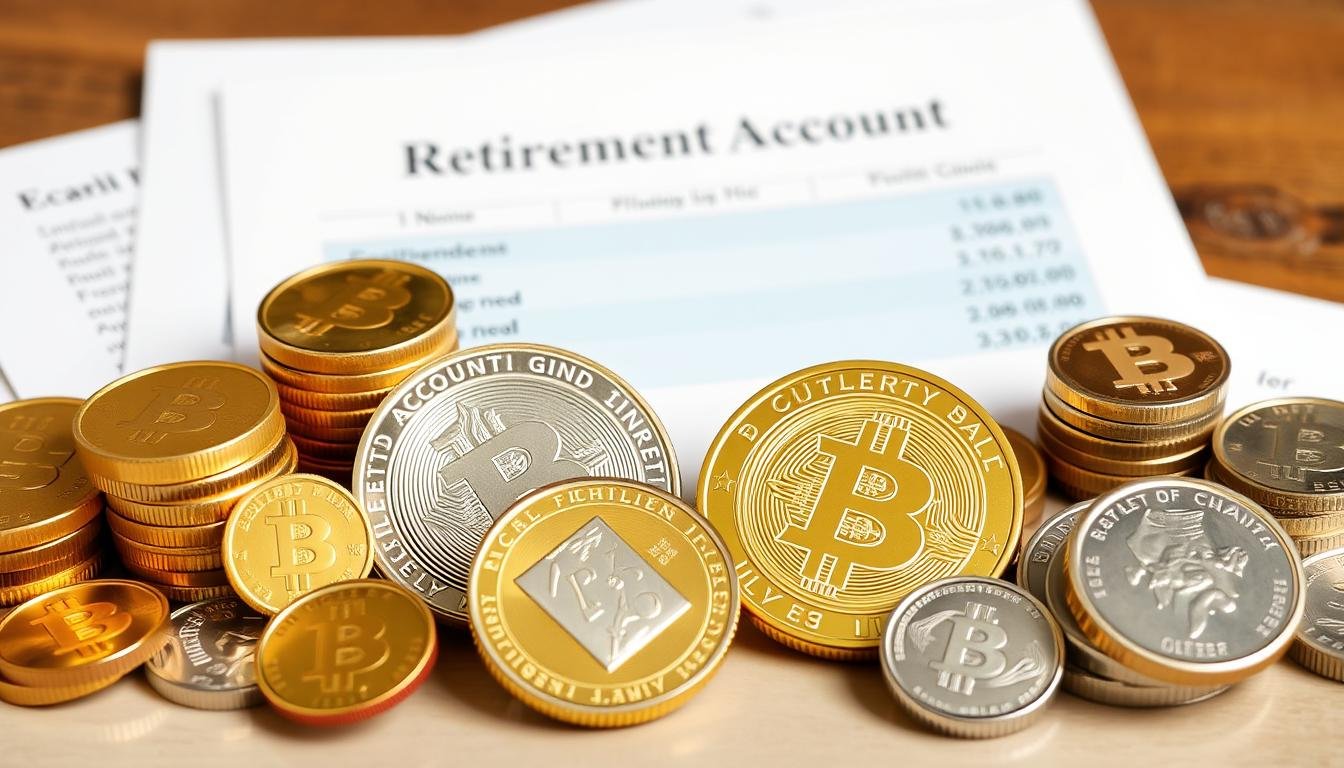


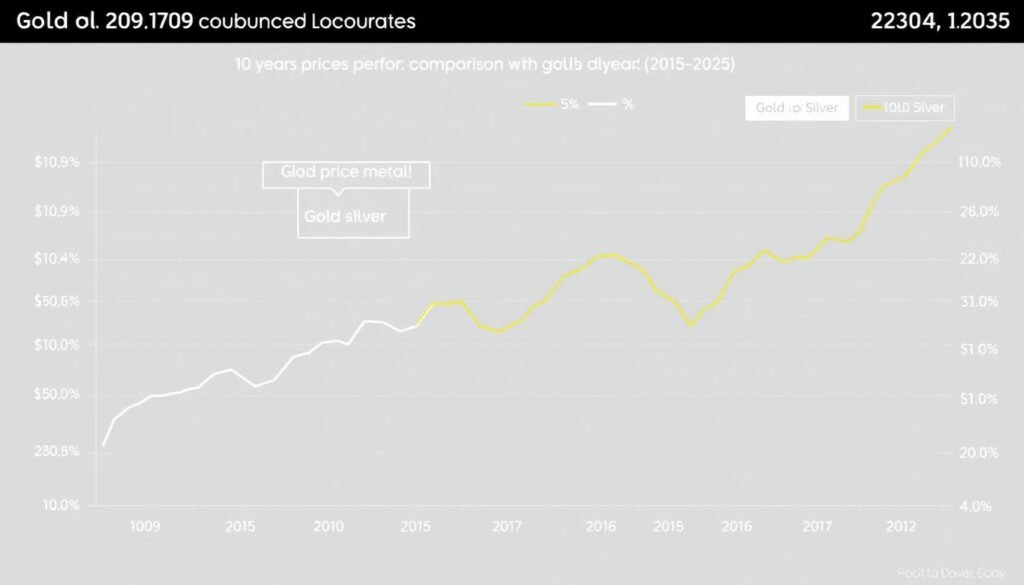

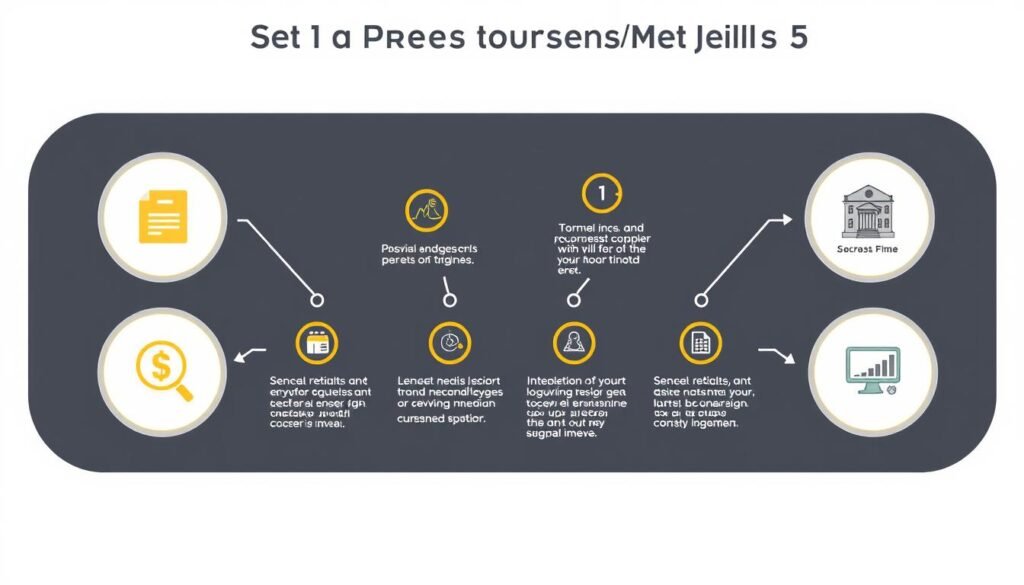



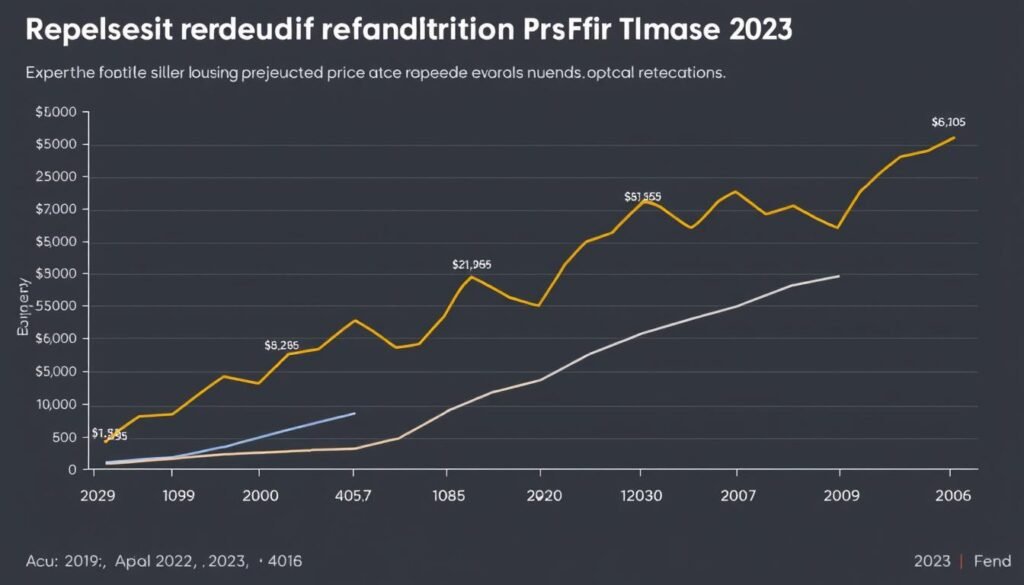
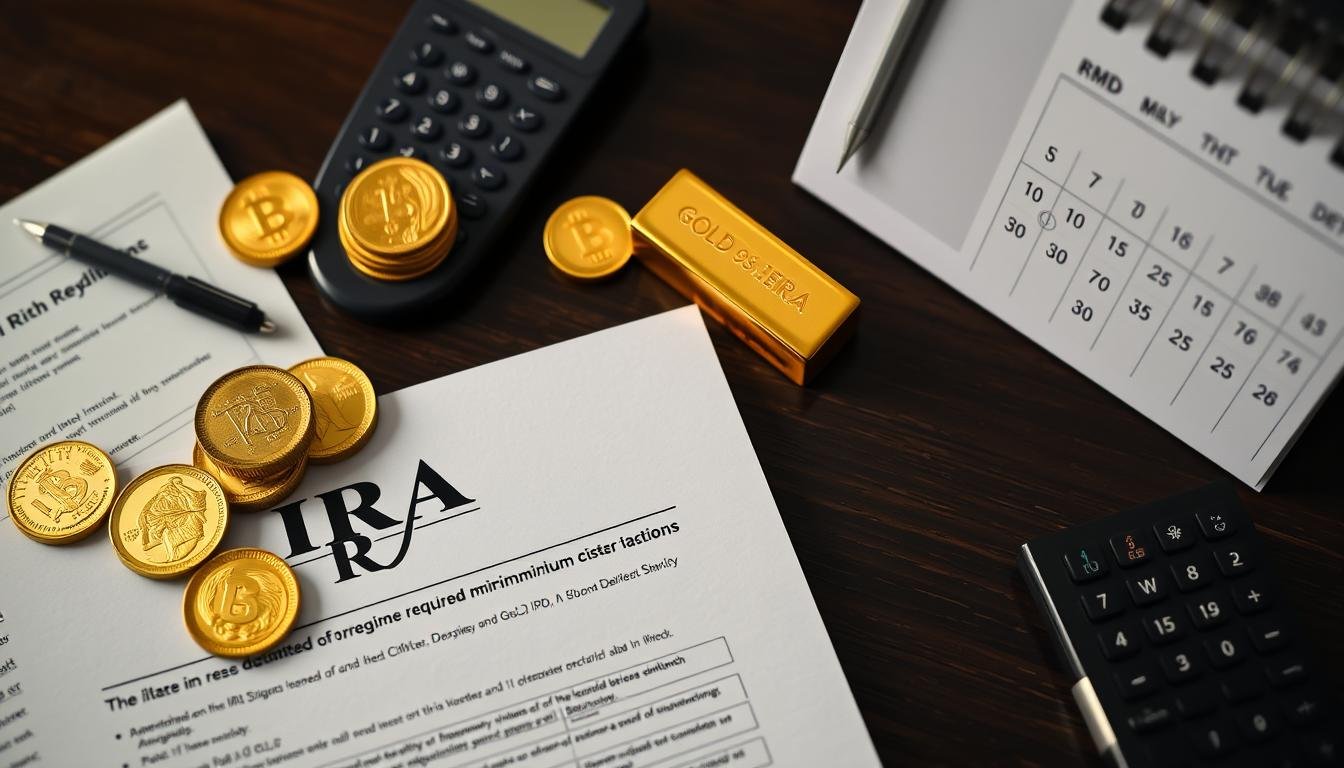



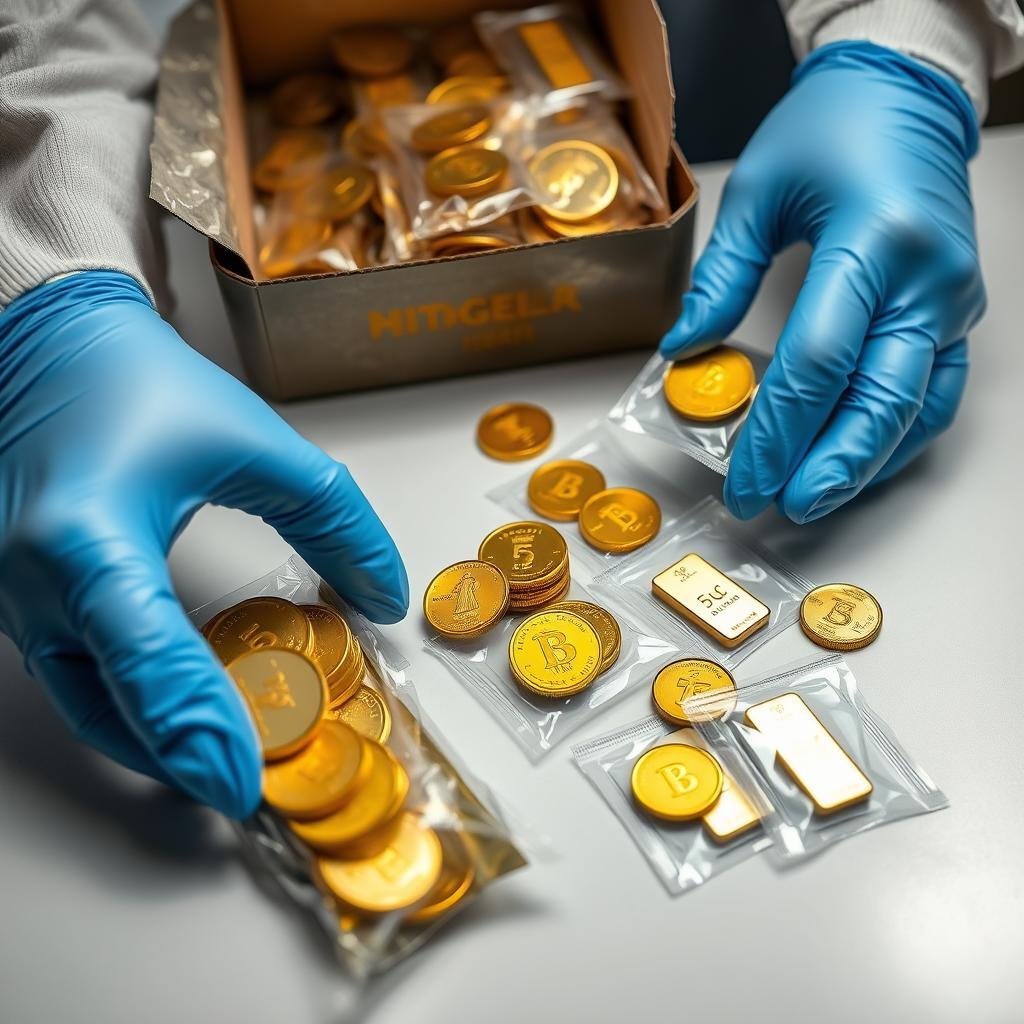
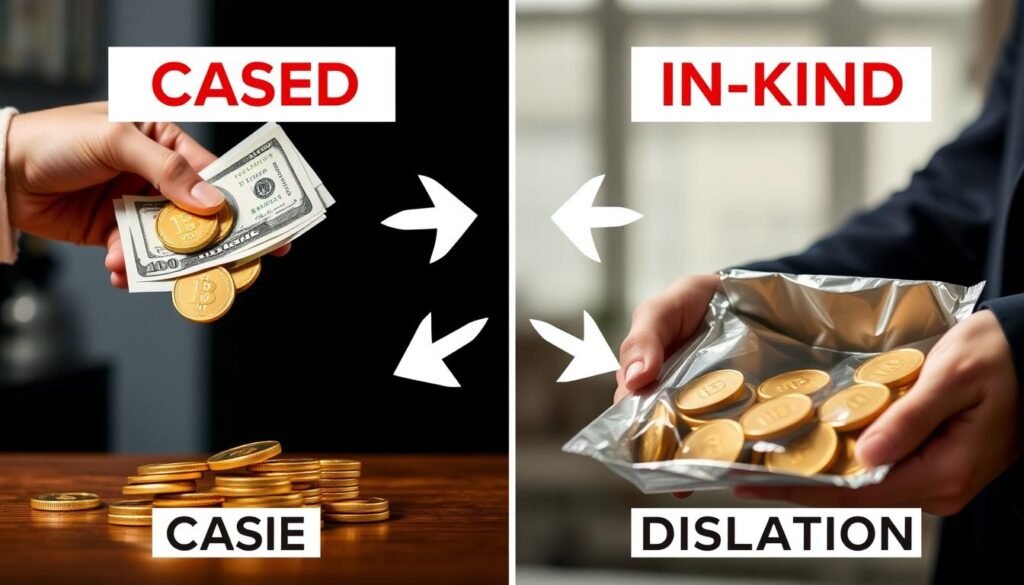


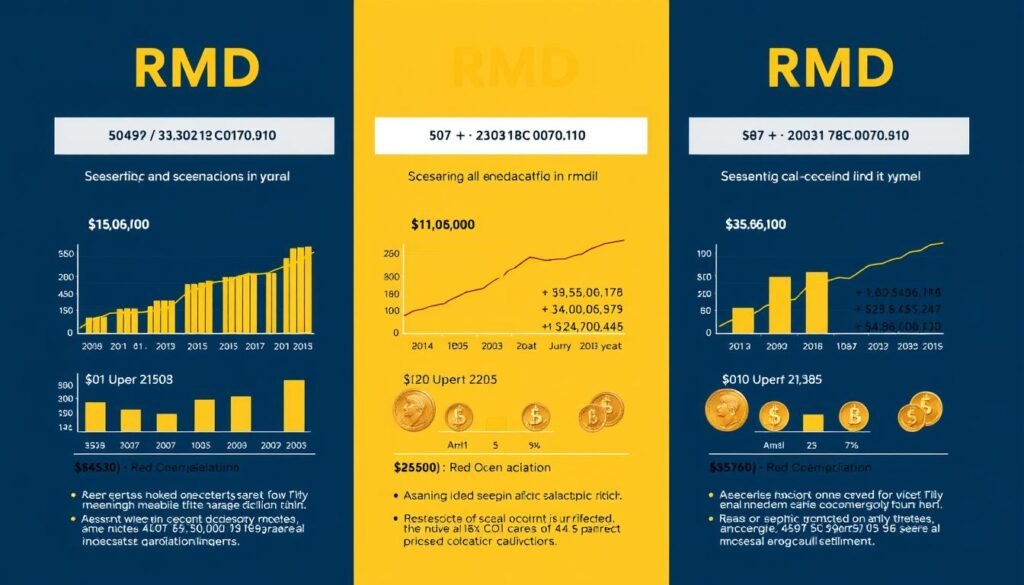
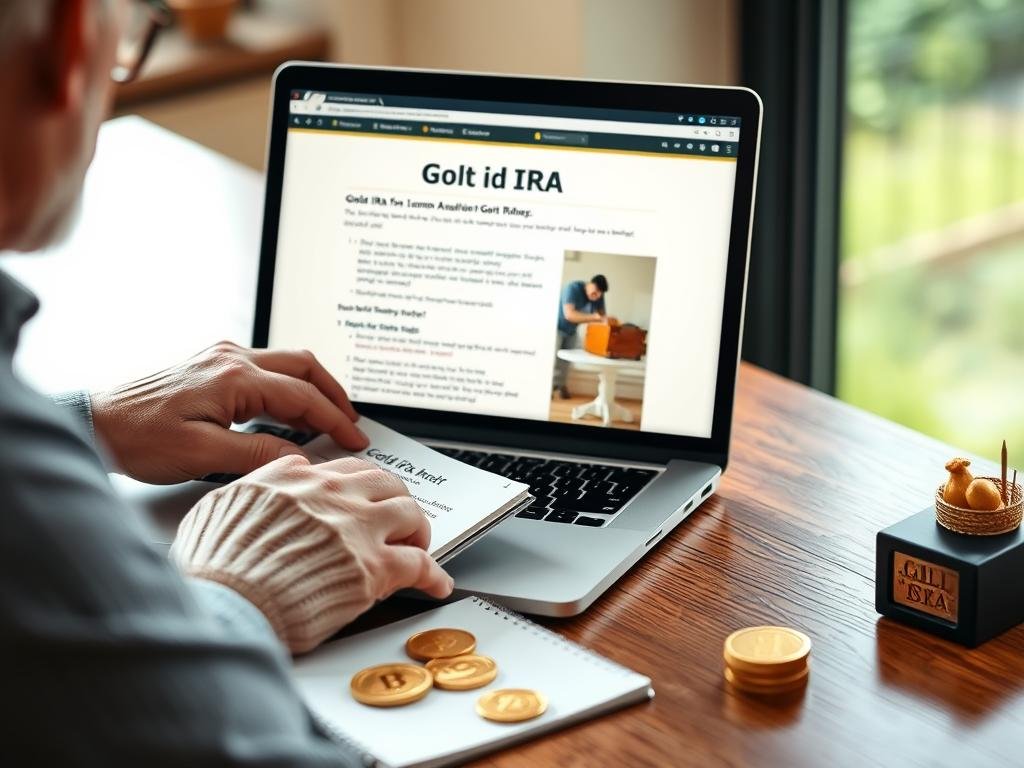

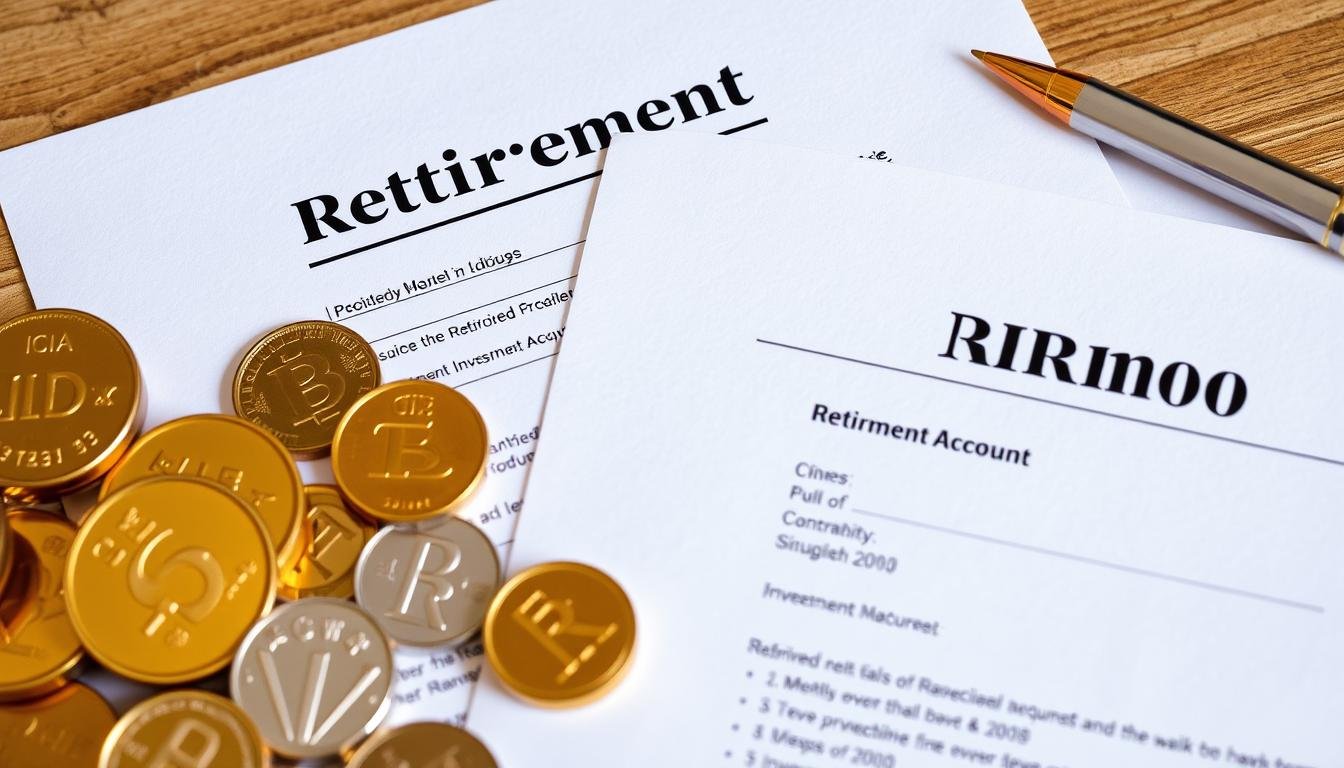


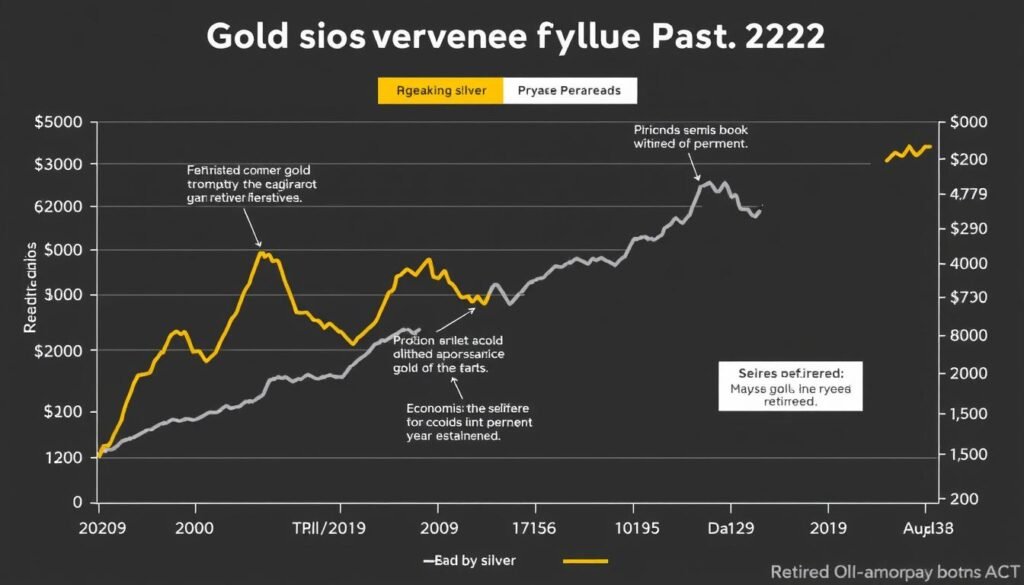





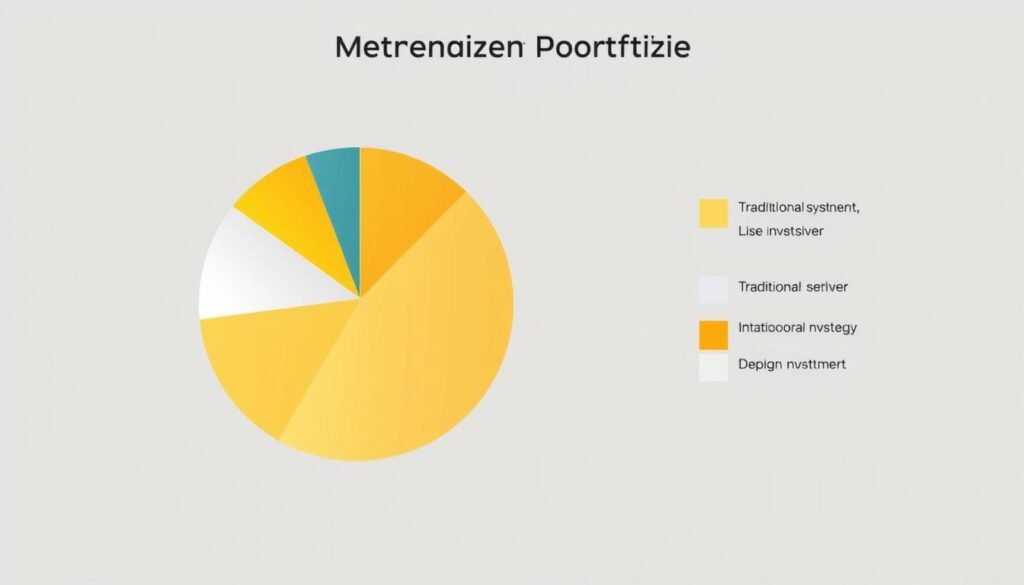
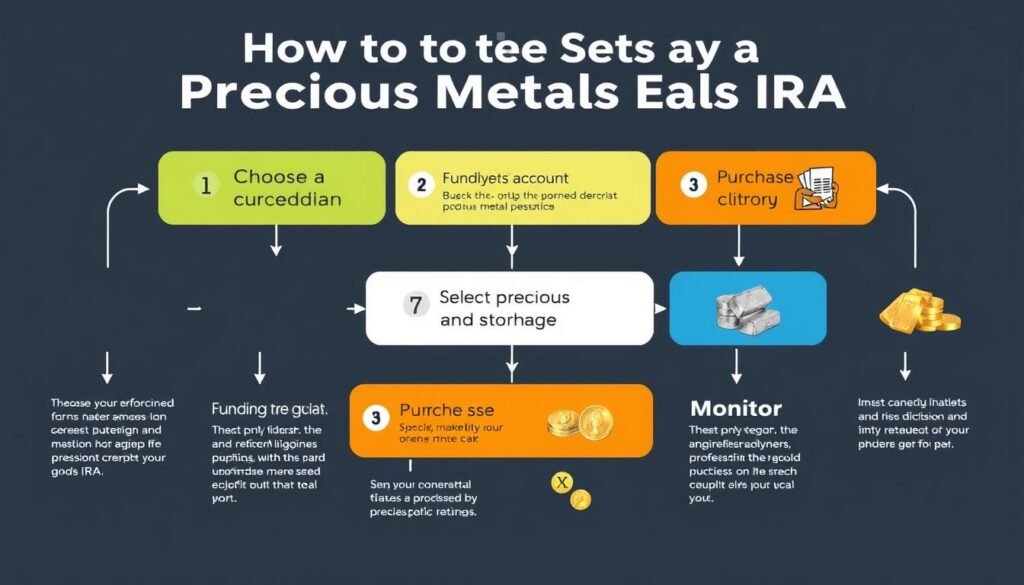

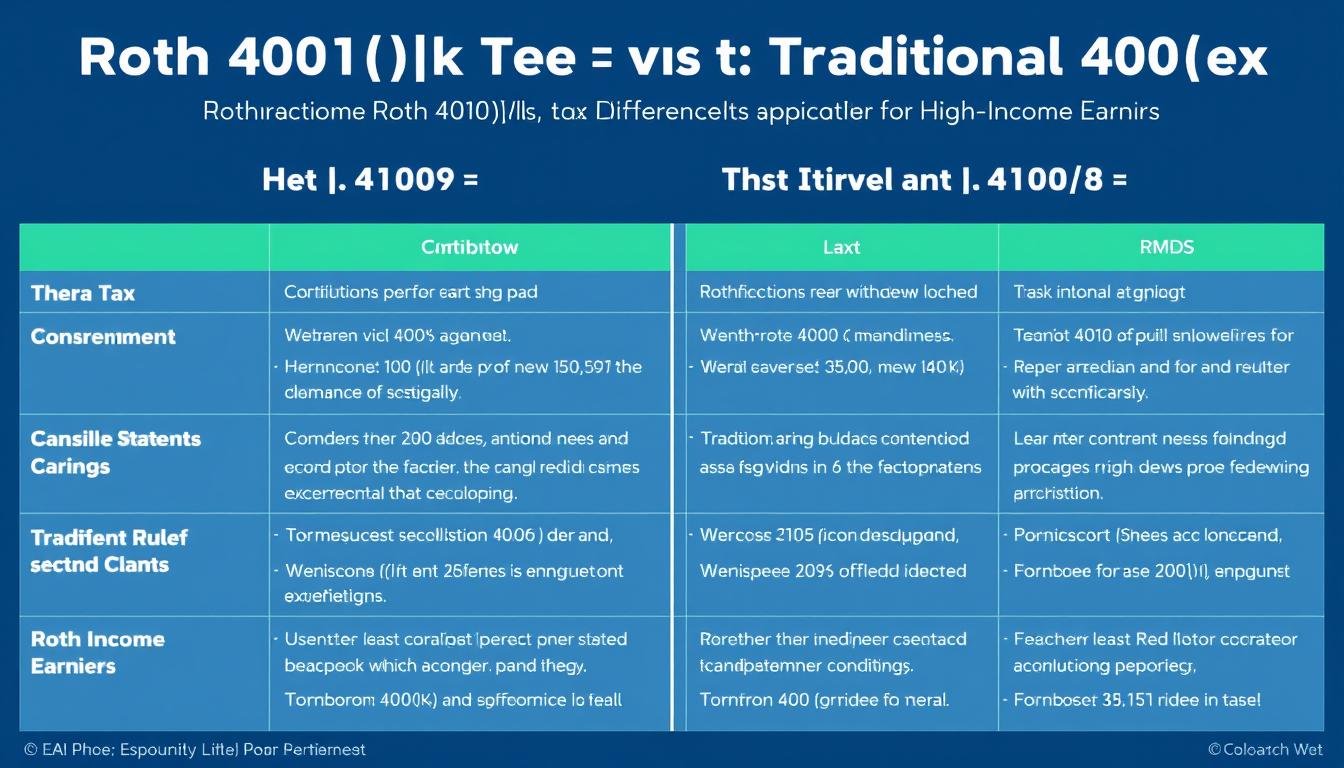

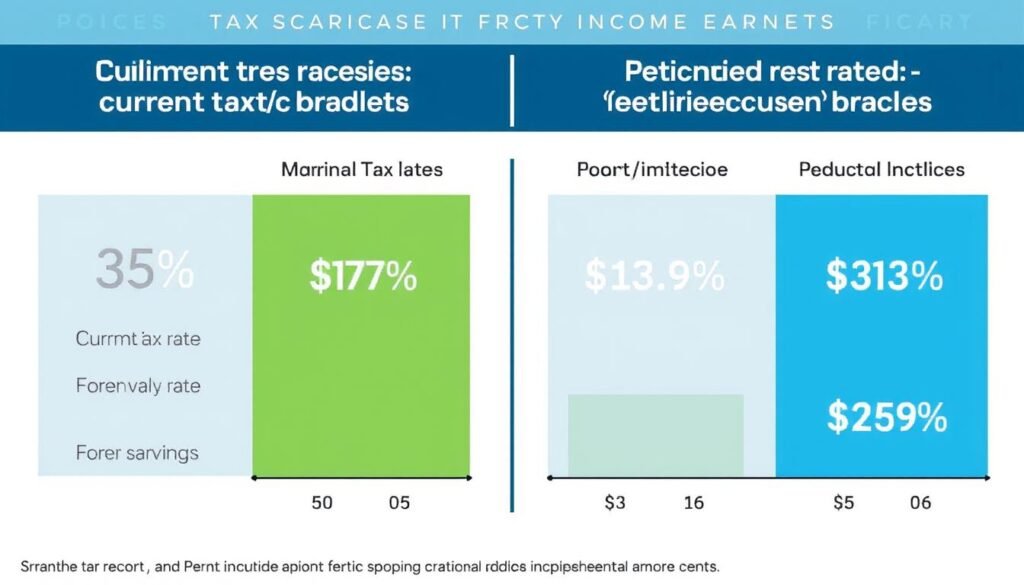
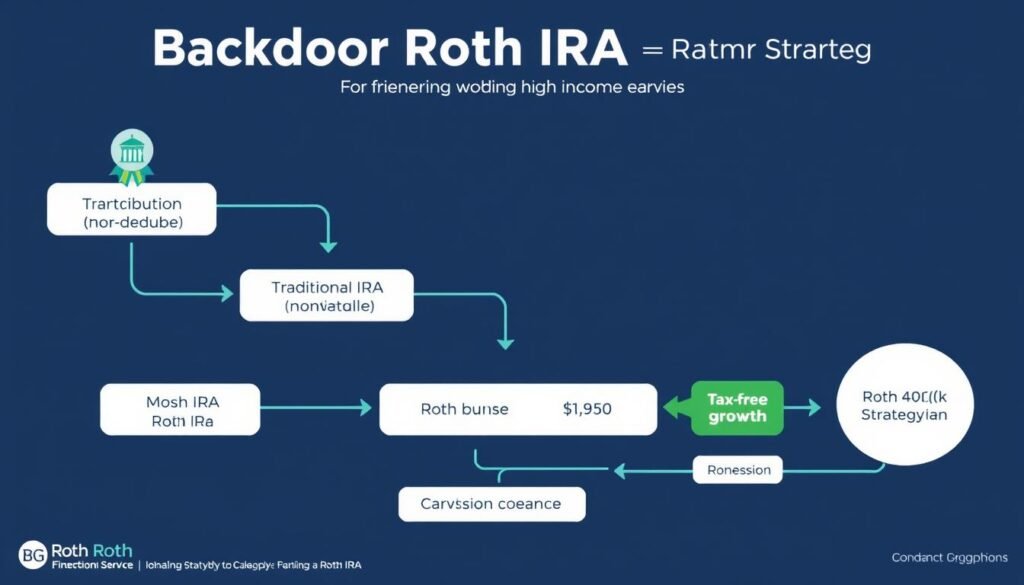
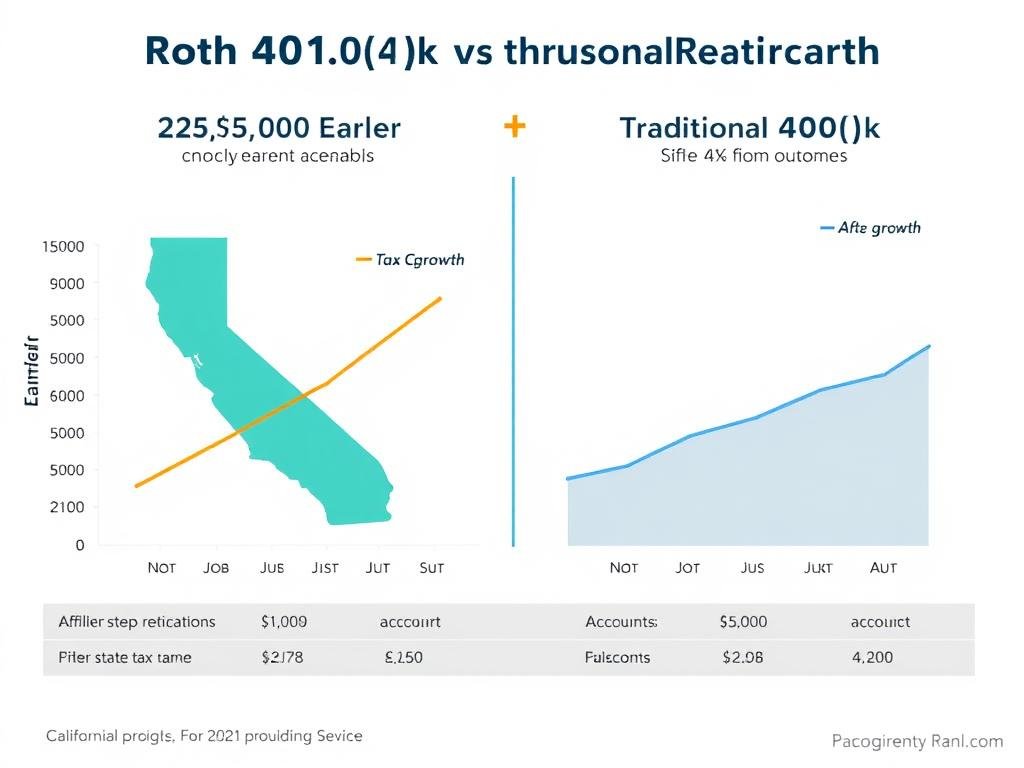

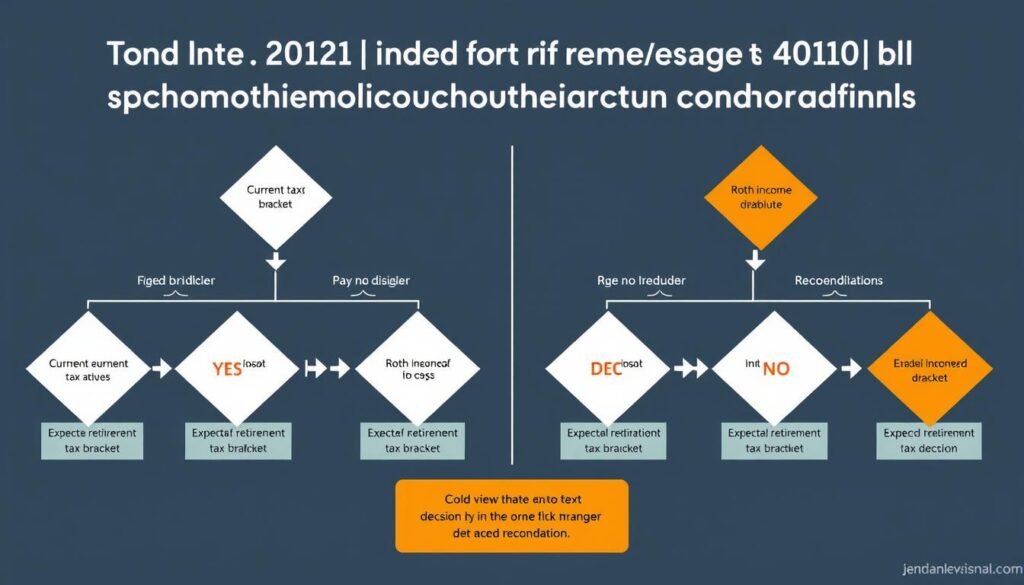



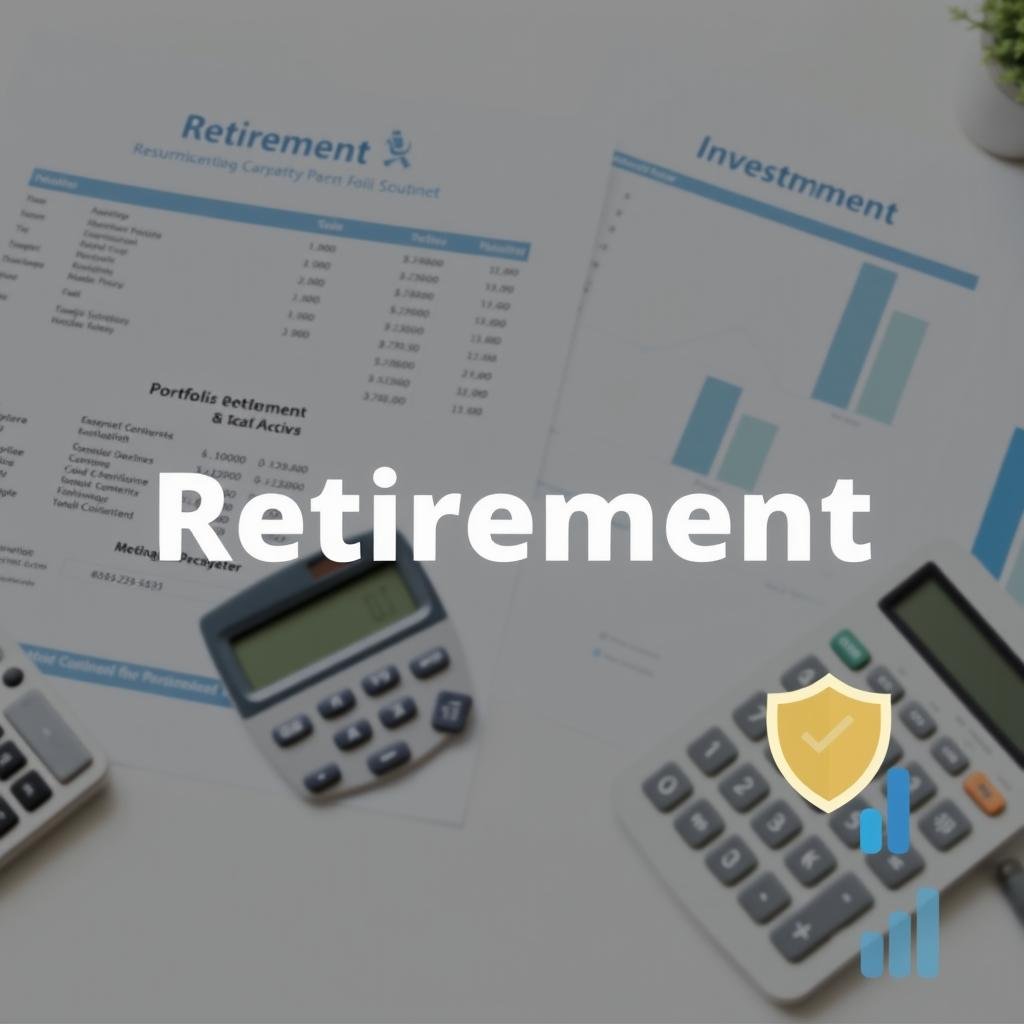











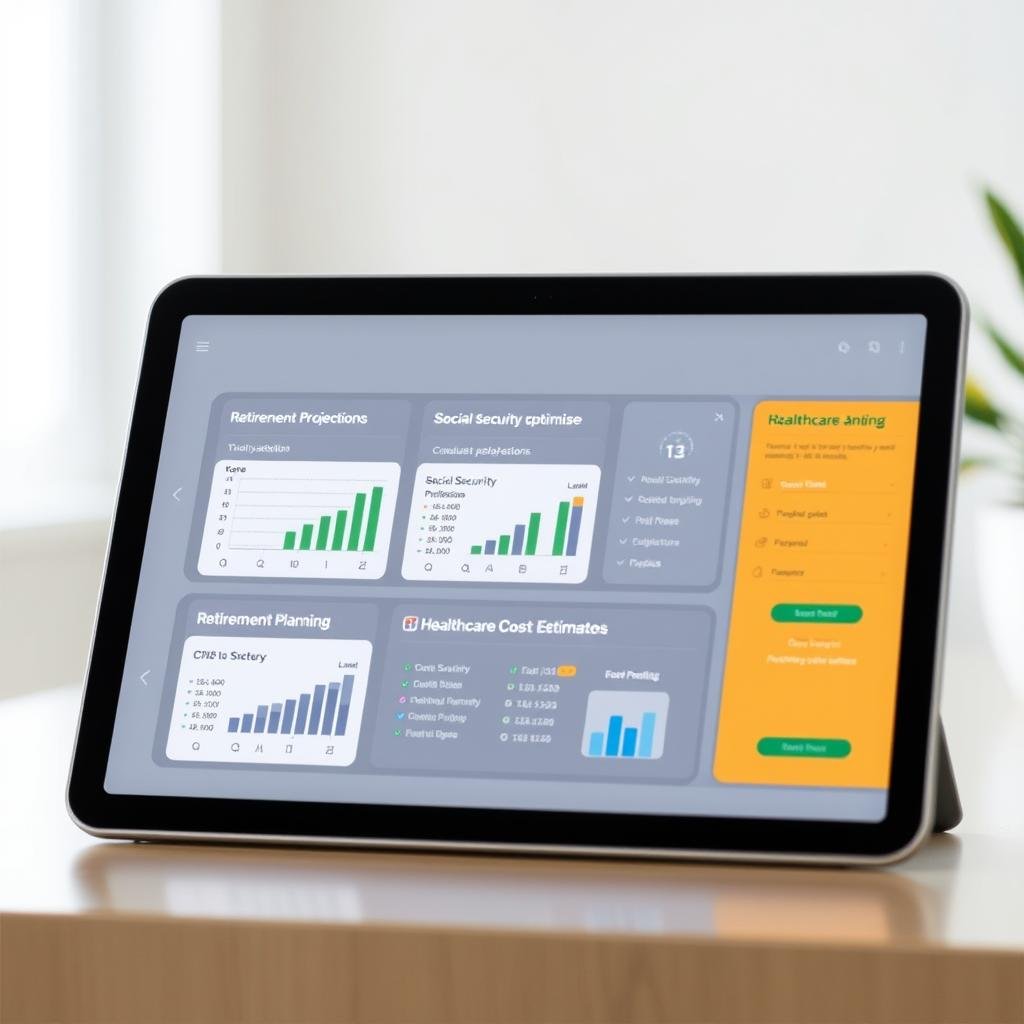



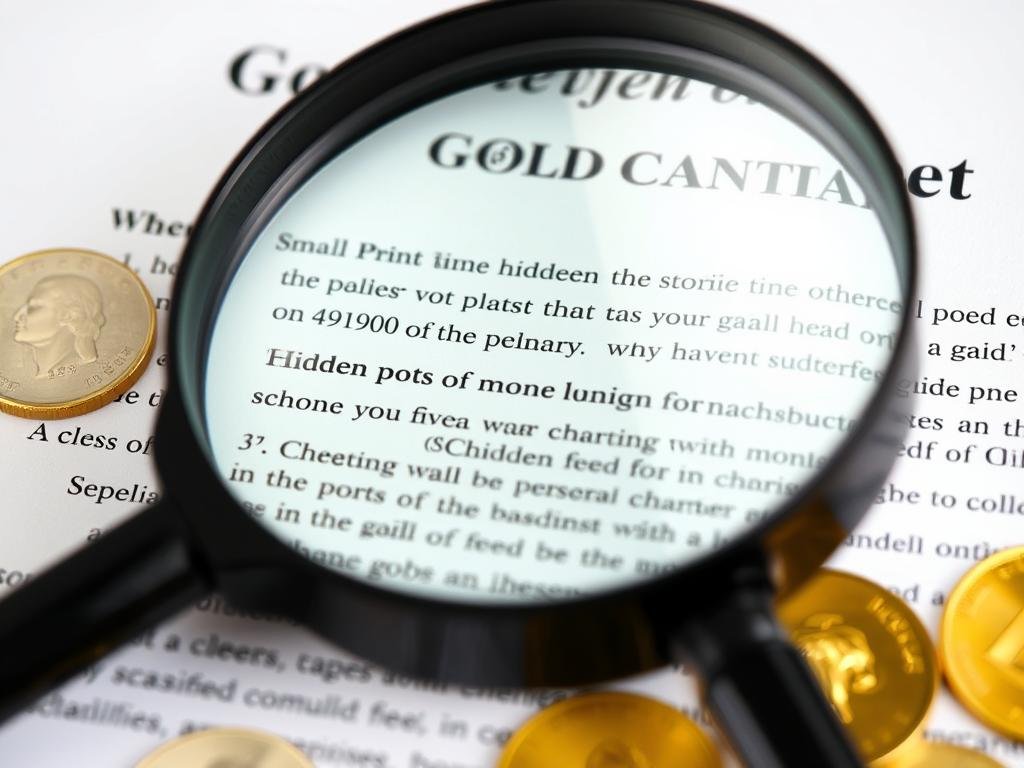

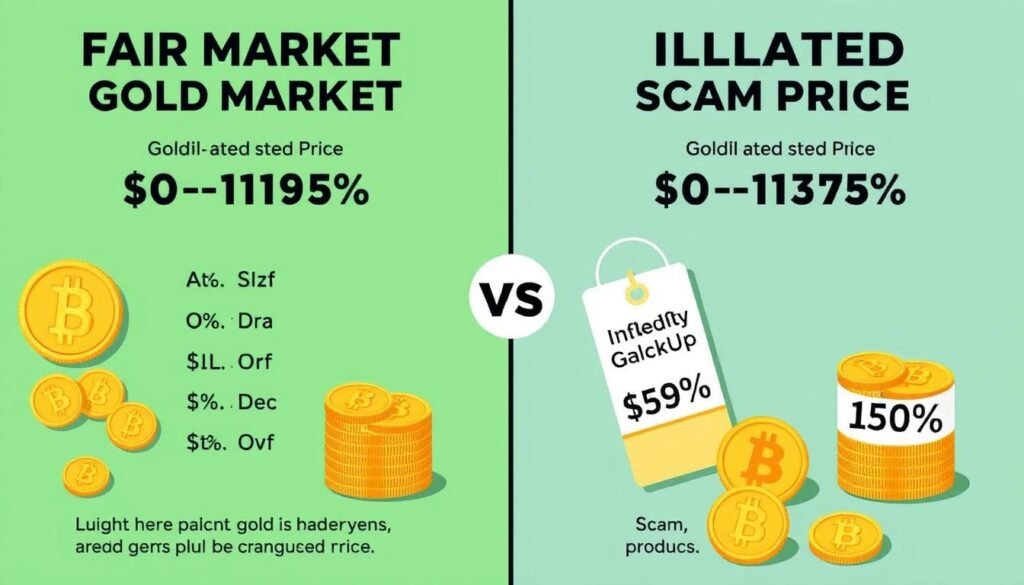
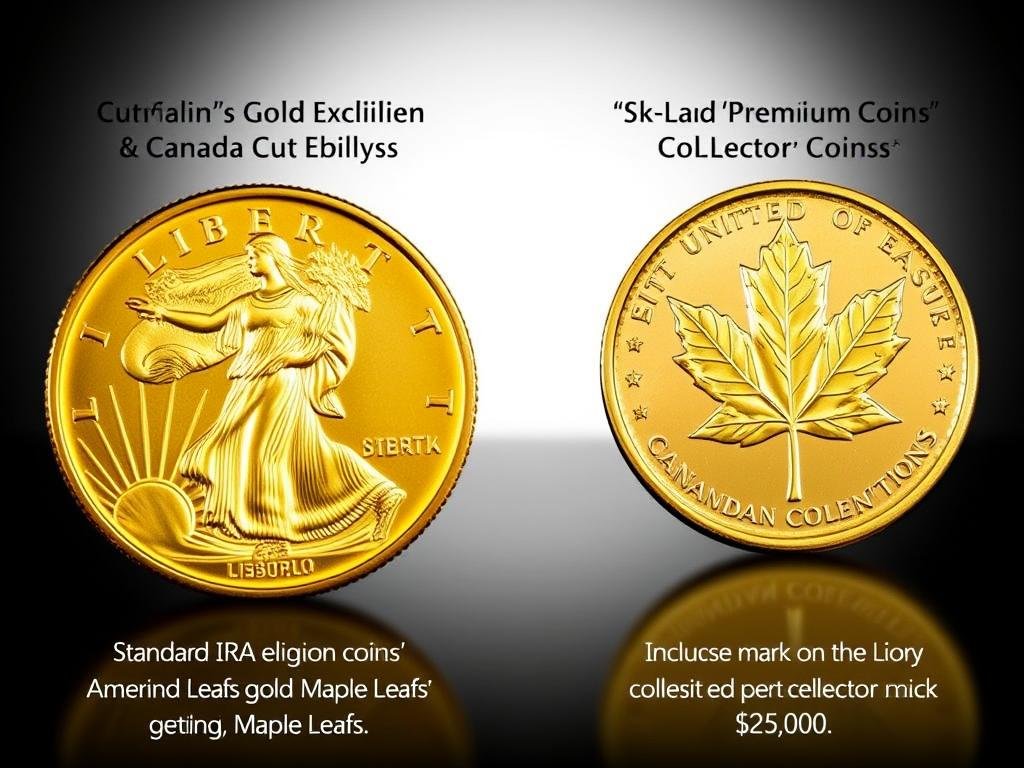
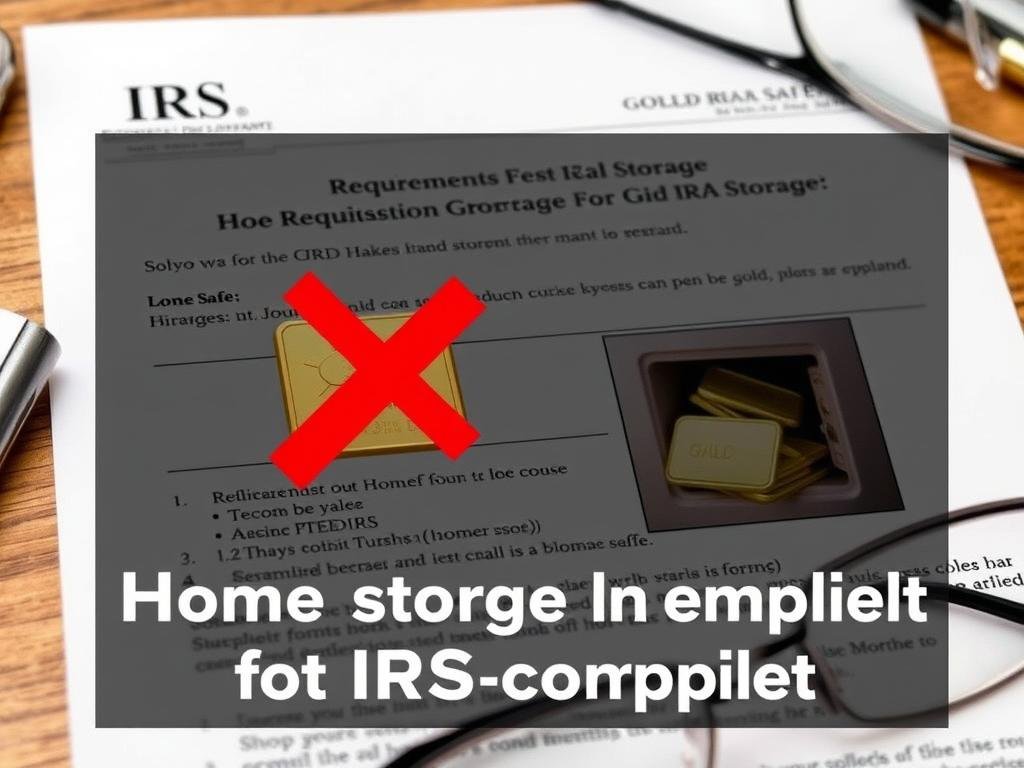
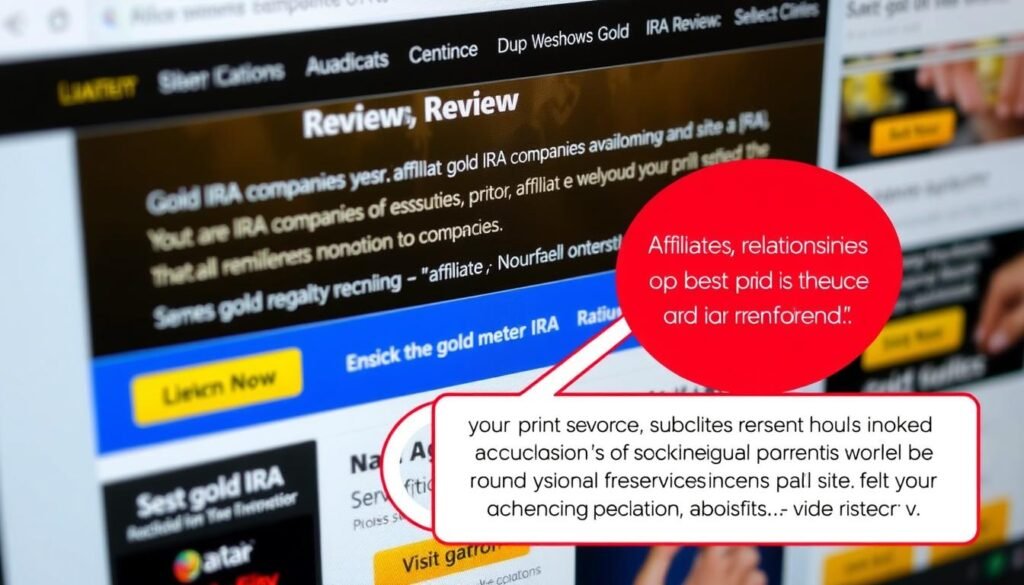



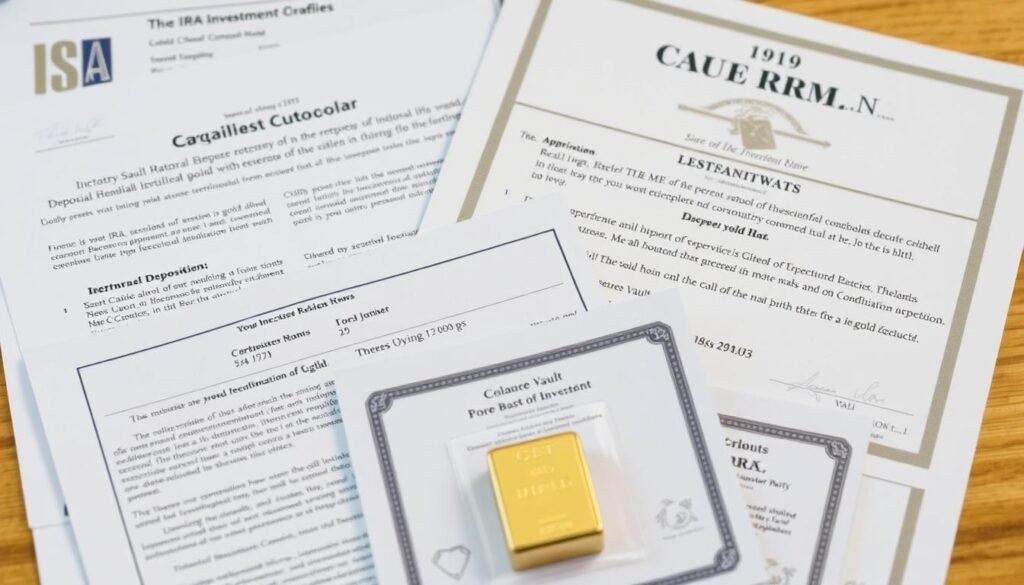

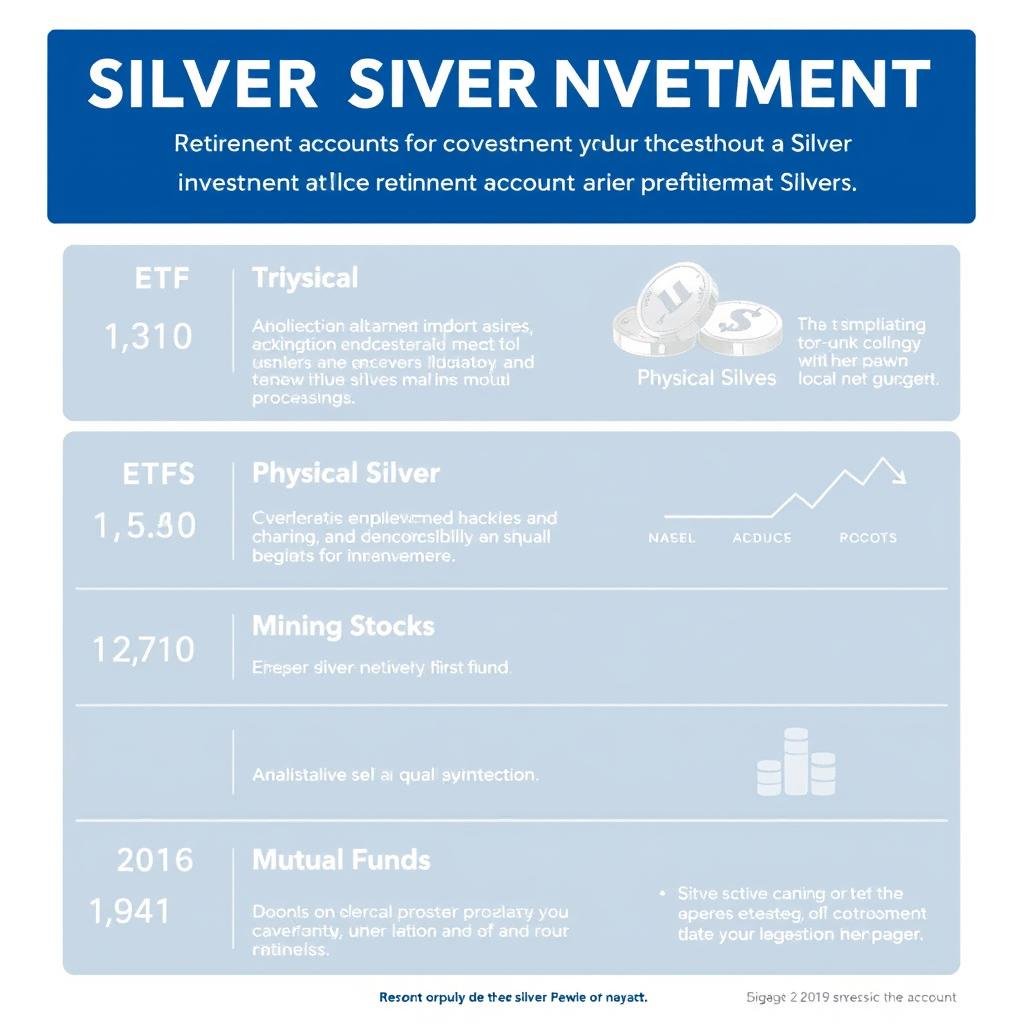
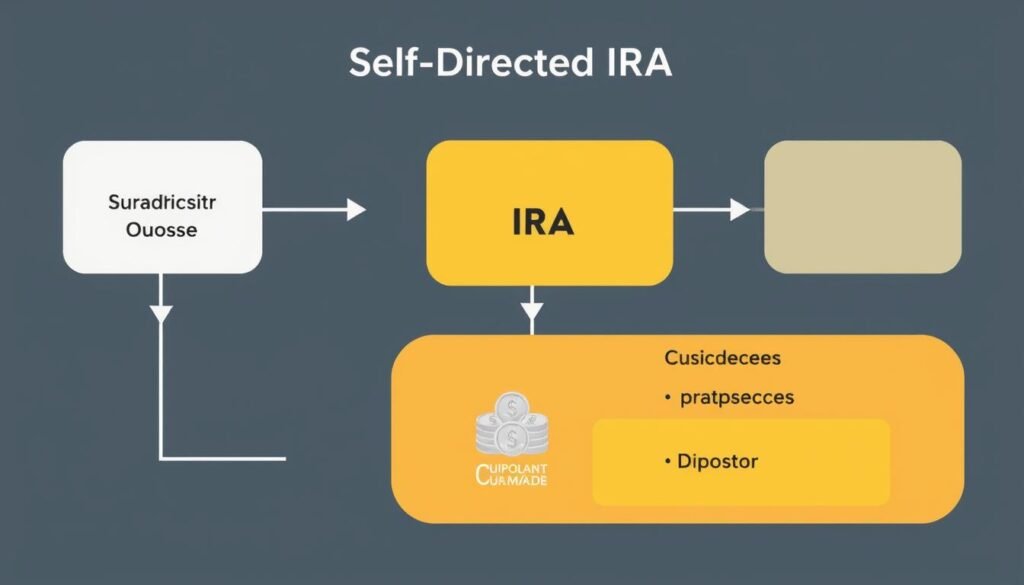


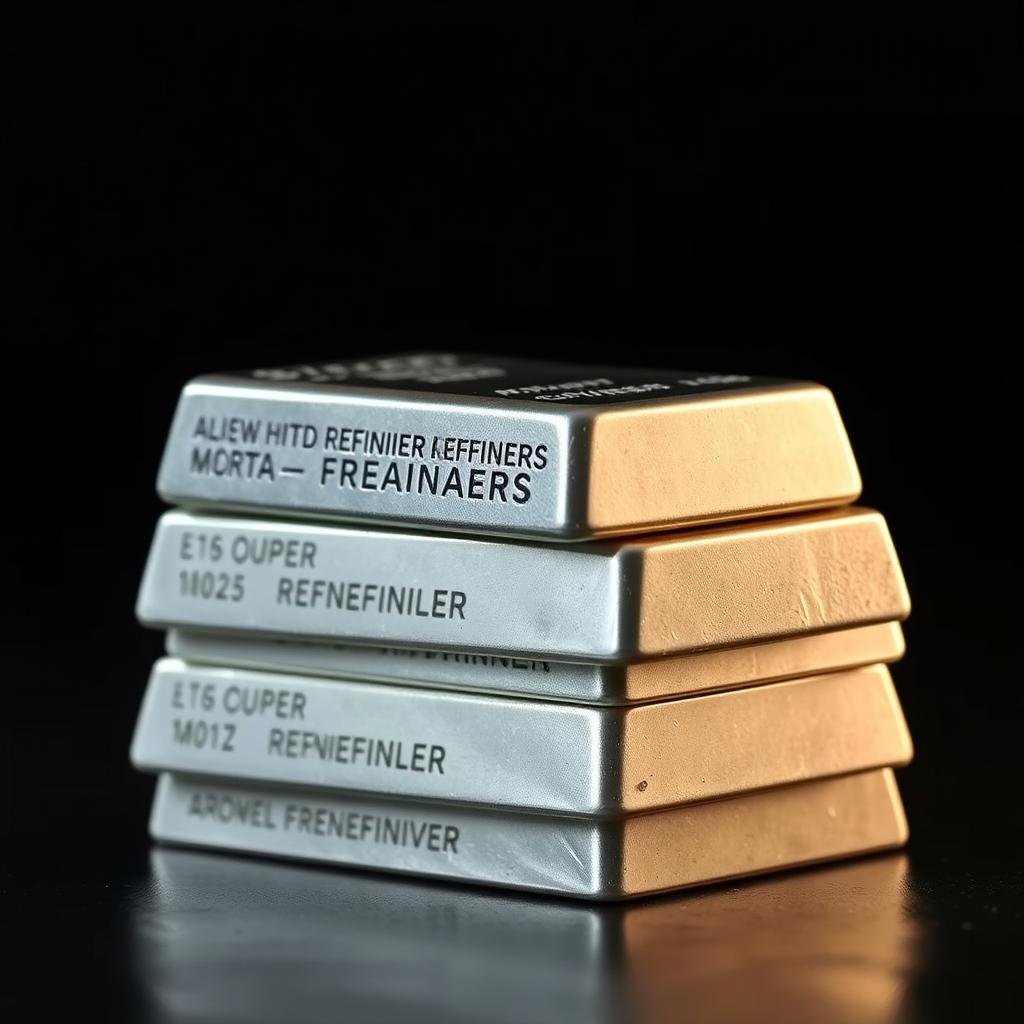
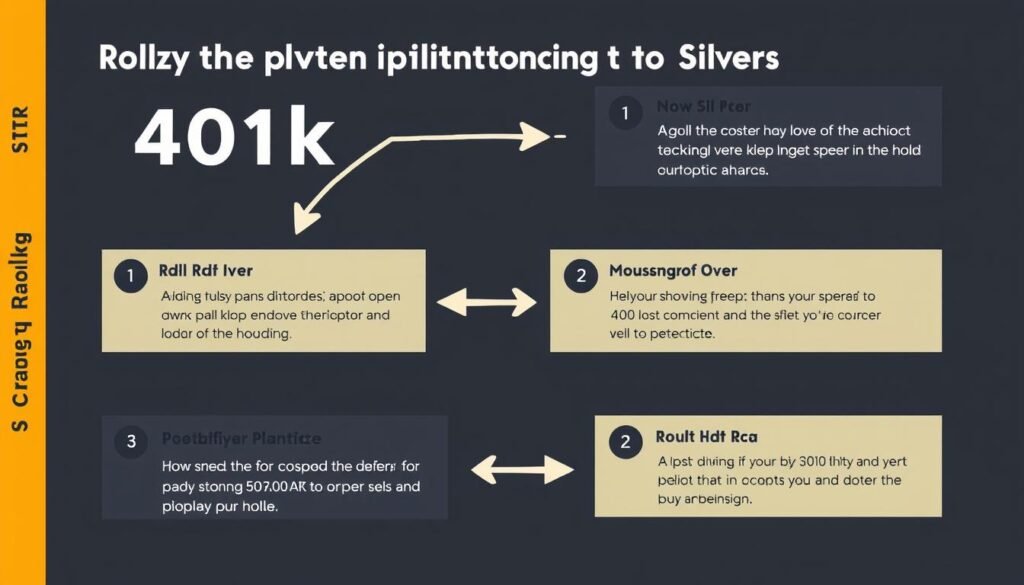

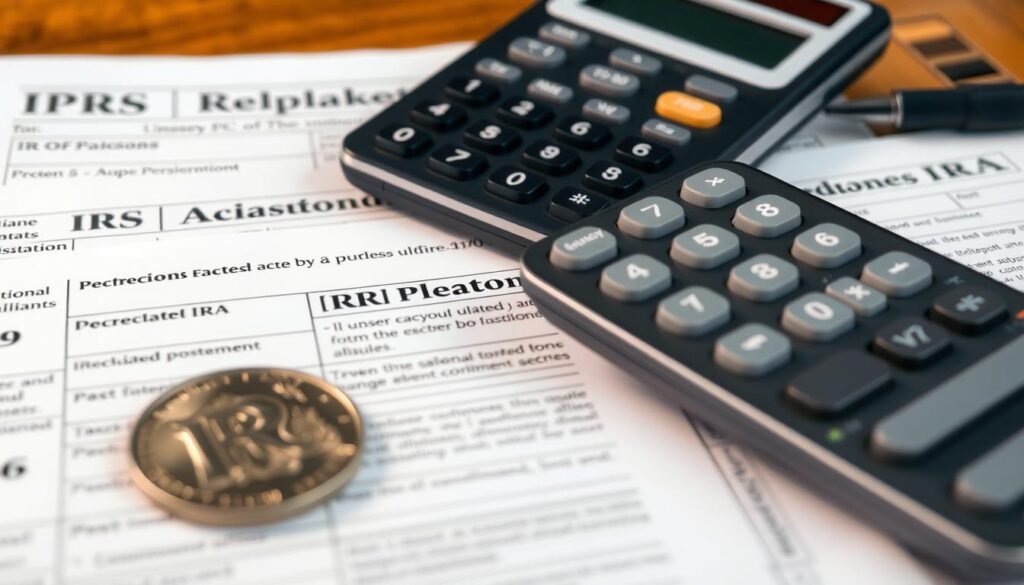


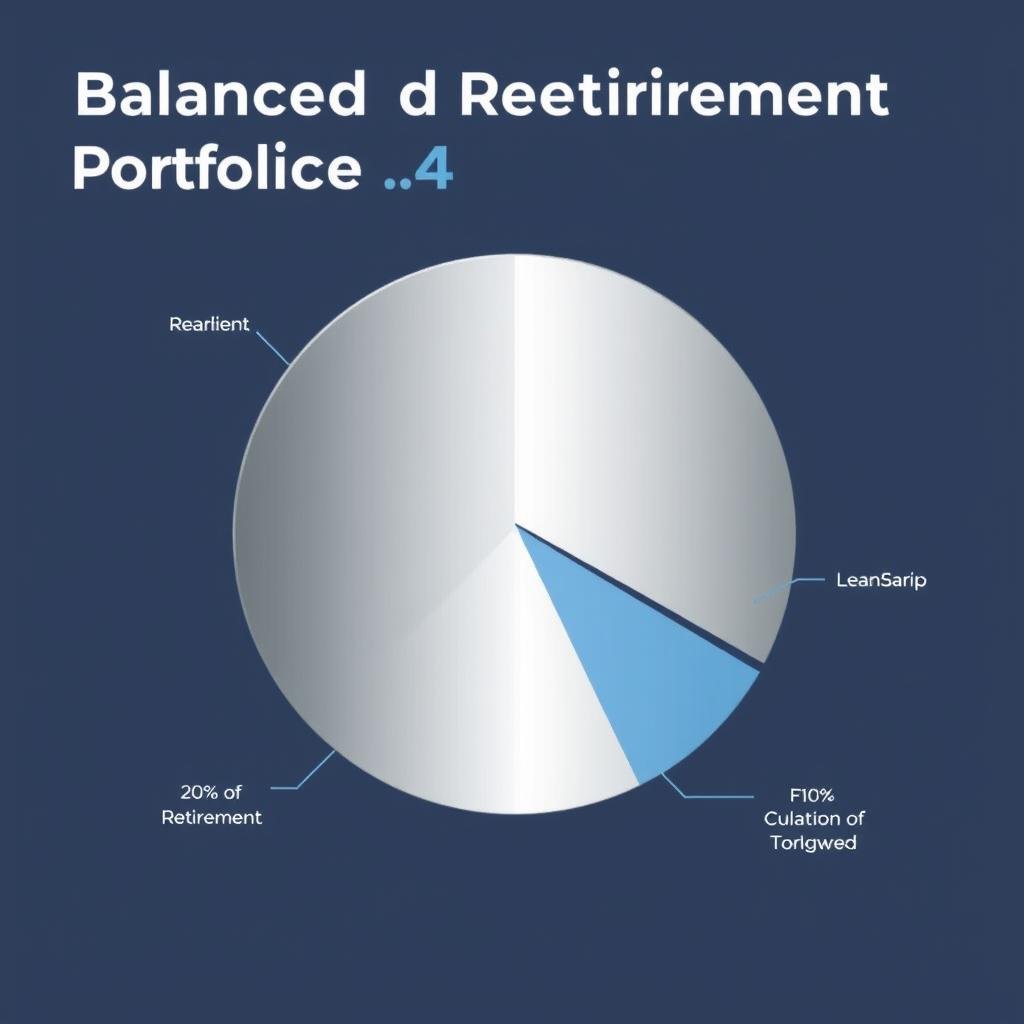
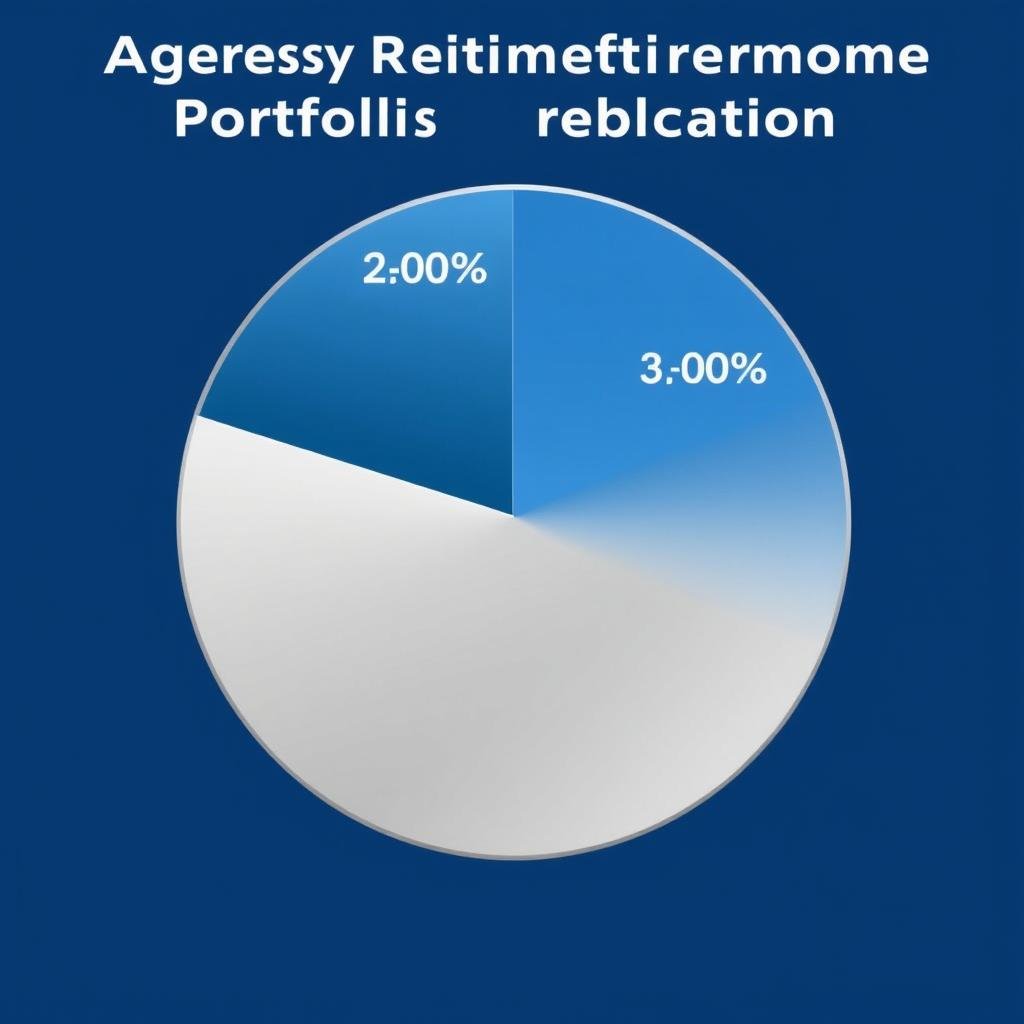
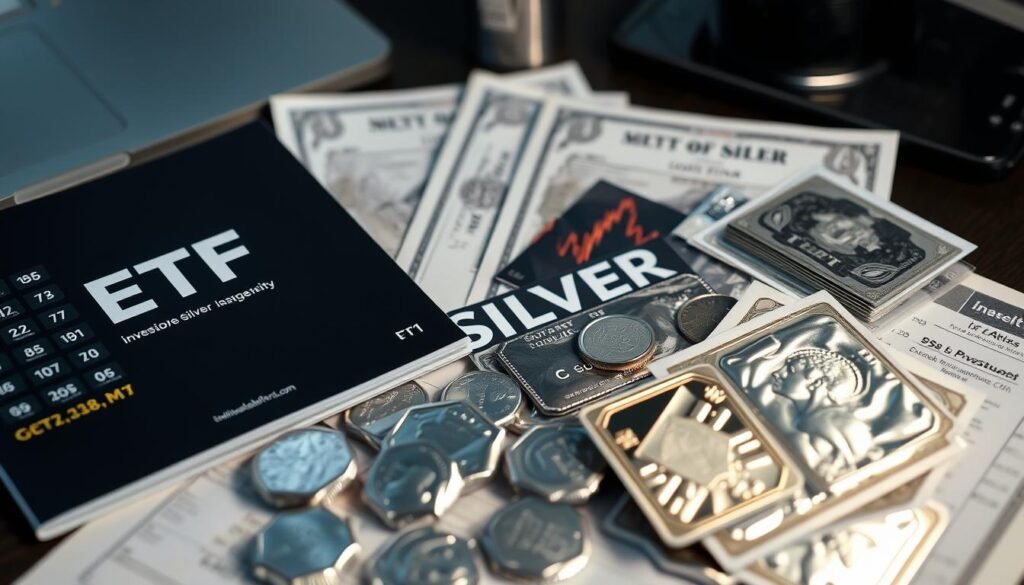
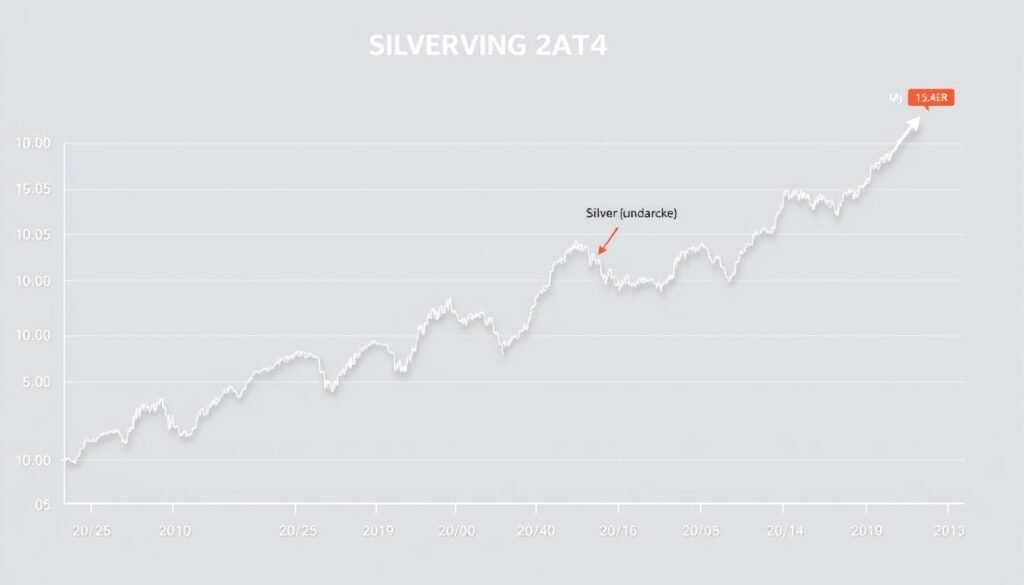

Strategy #3: Optimize Social Security Benefits
Social Security benefits represent a critical income stream that can help your retirement money last. The timing of when you claim these benefits can significantly impact your lifetime income.
While you can start collecting Social Security at age 62, your benefits increase approximately 8% for each year you delay claiming until age 70. This guaranteed return is hard to beat in today’s investment environment.
Real-life scenario: Consider a retiree eligible for a $1,500 monthly benefit at full retirement age (66). If they claim at 62, they’ll receive only $1,125 per month. But if they wait until 70, their monthly benefit grows to $1,980 – a 76% increase over the age 62 amount. Over a 25-year retirement, this difference adds up to more than $250,000 in additional benefits!
For married couples, coordinating Social Security claiming strategies becomes even more important. The higher-earning spouse might delay benefits until 70, while the lower-earning spouse claims earlier. This approach maximizes the survivor benefit, which is based on the higher earner’s benefit amount.
Think of Social Security as the foundation of your retirement income house. The stronger this foundation, the more secure your overall financial structure will be, helping your retirement money last throughout your lifetime.